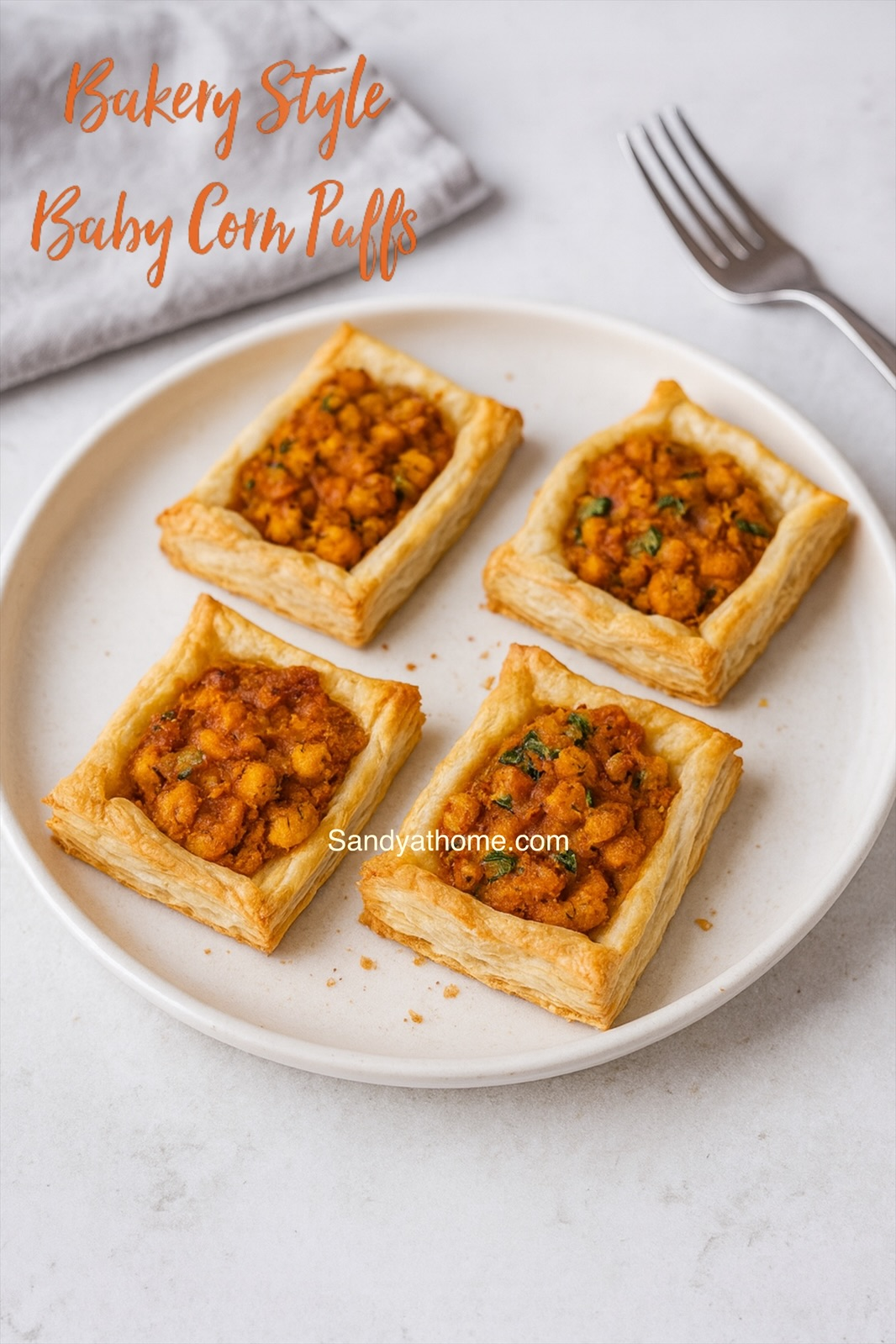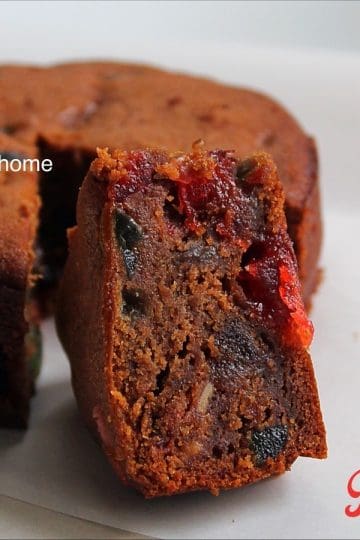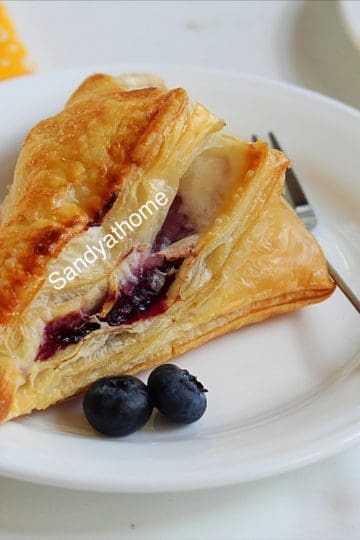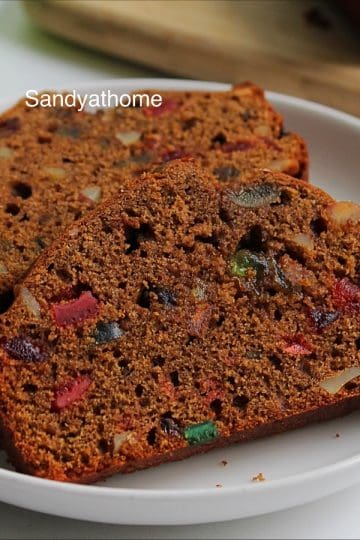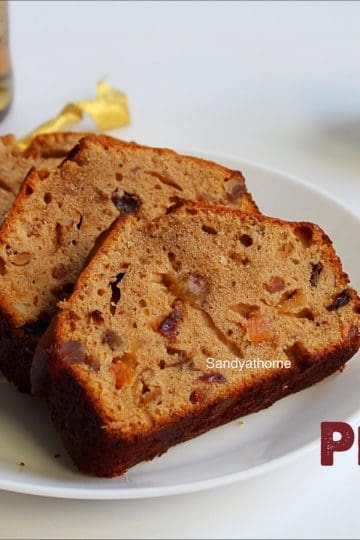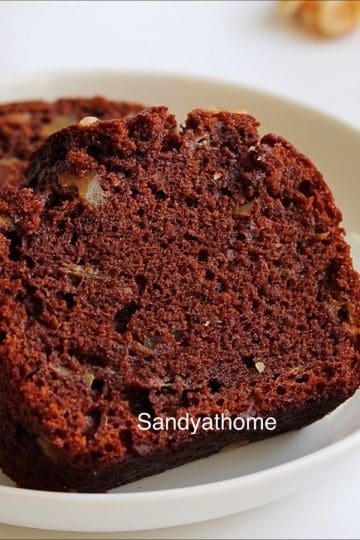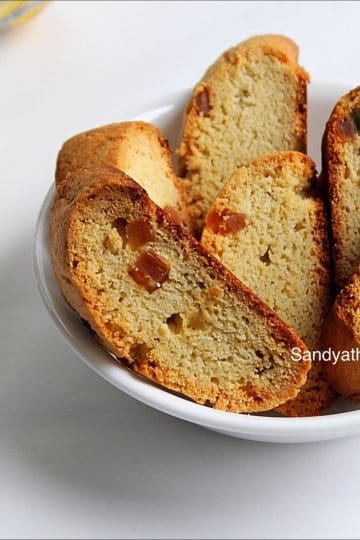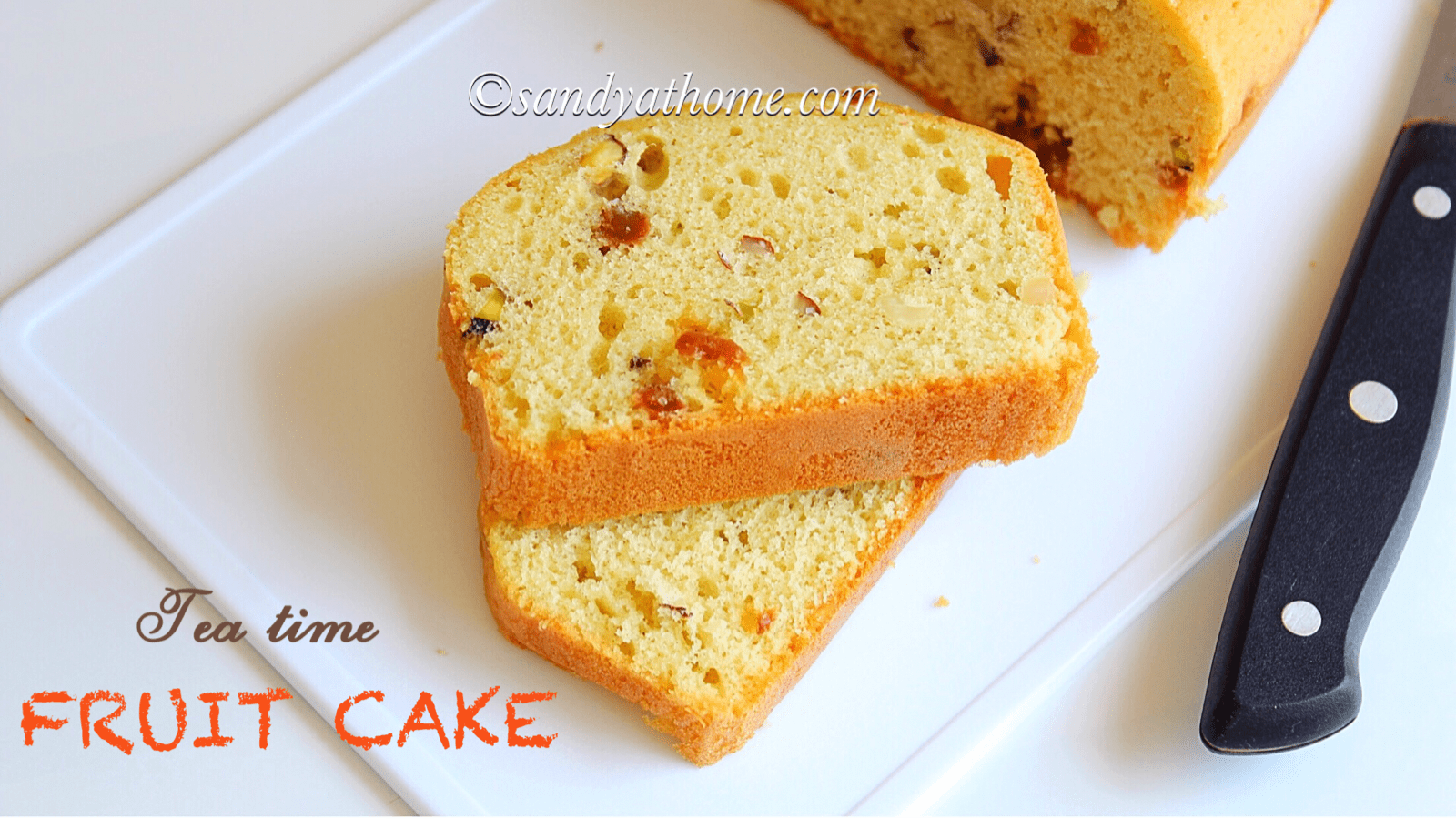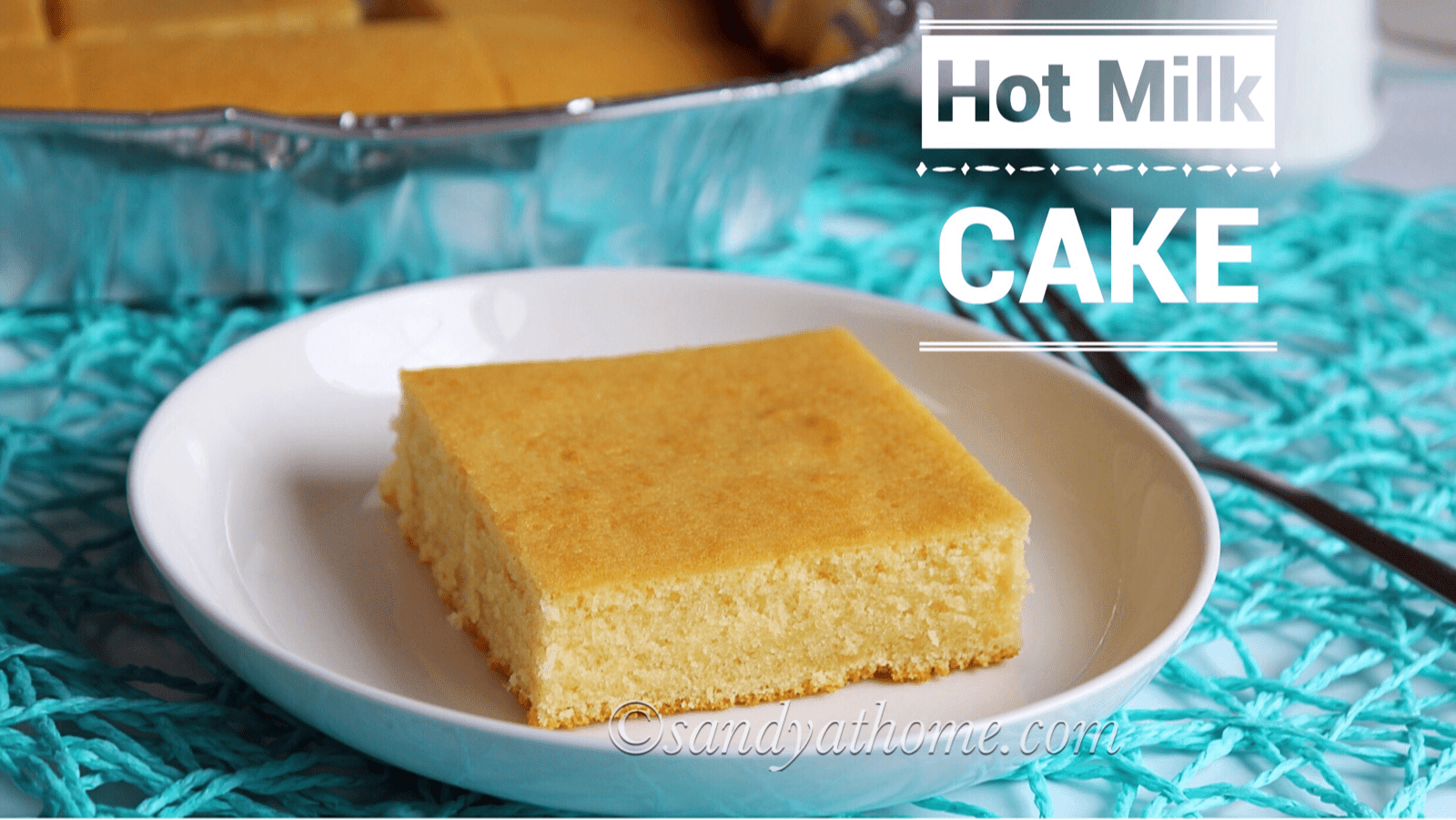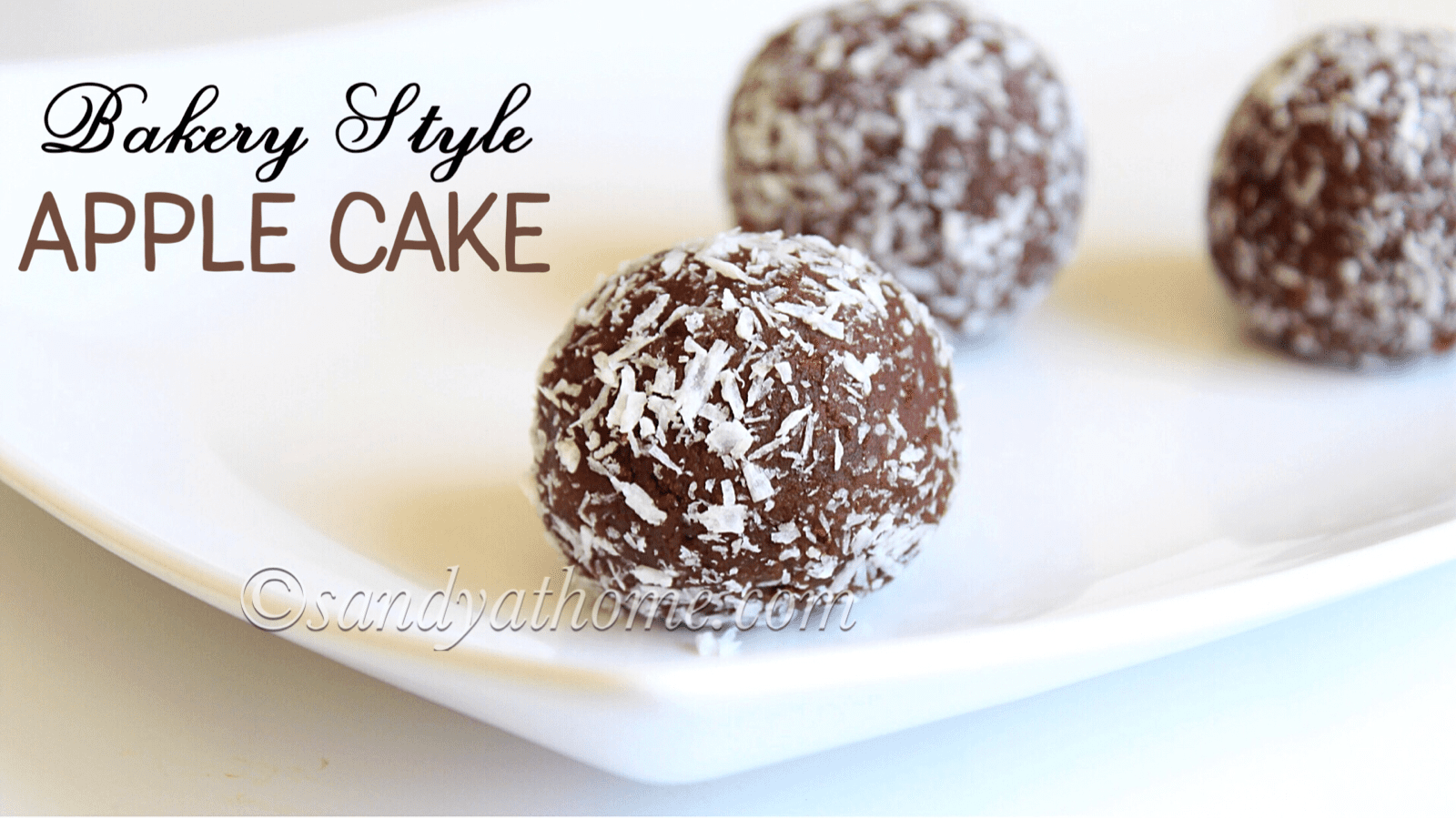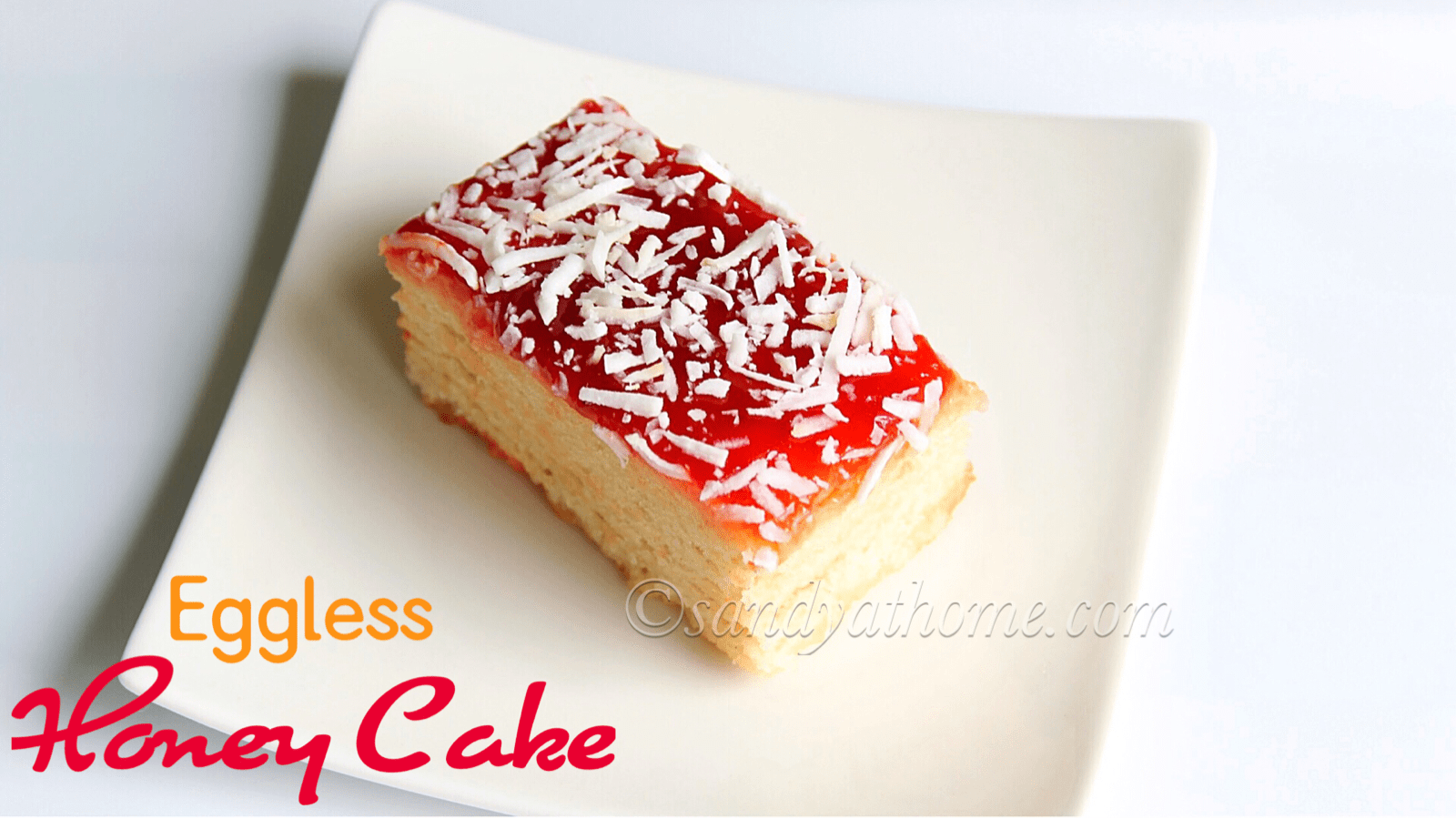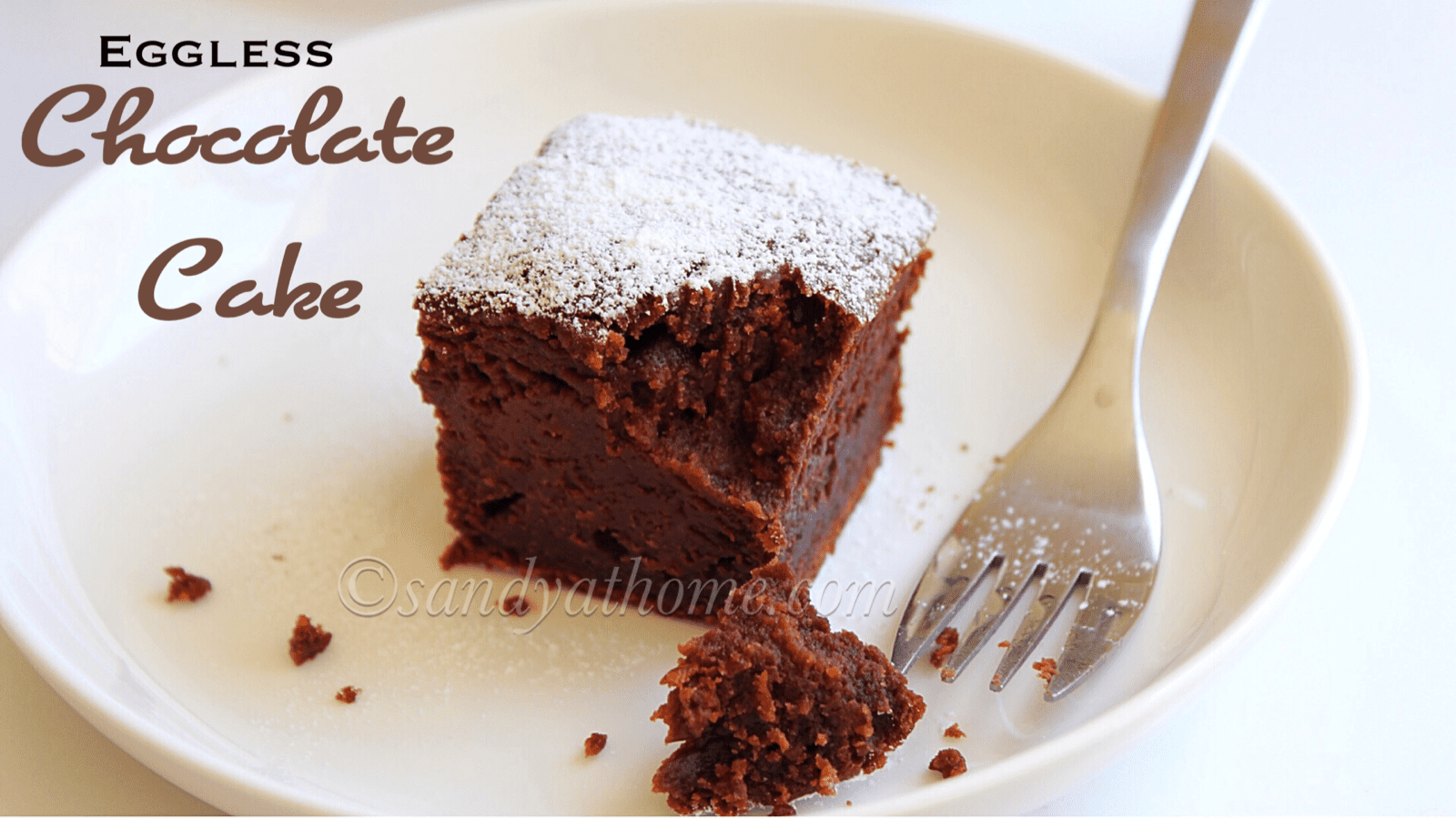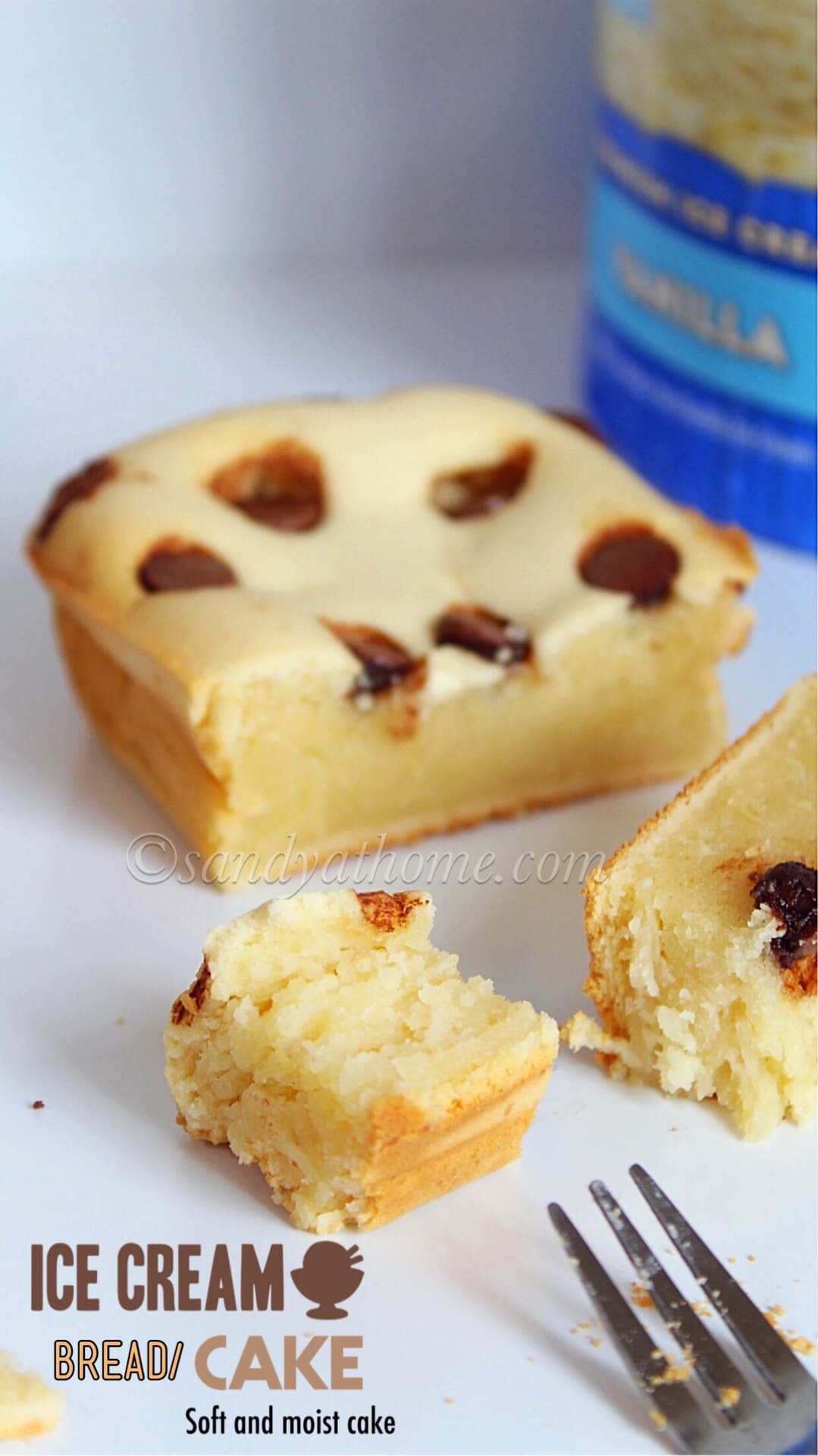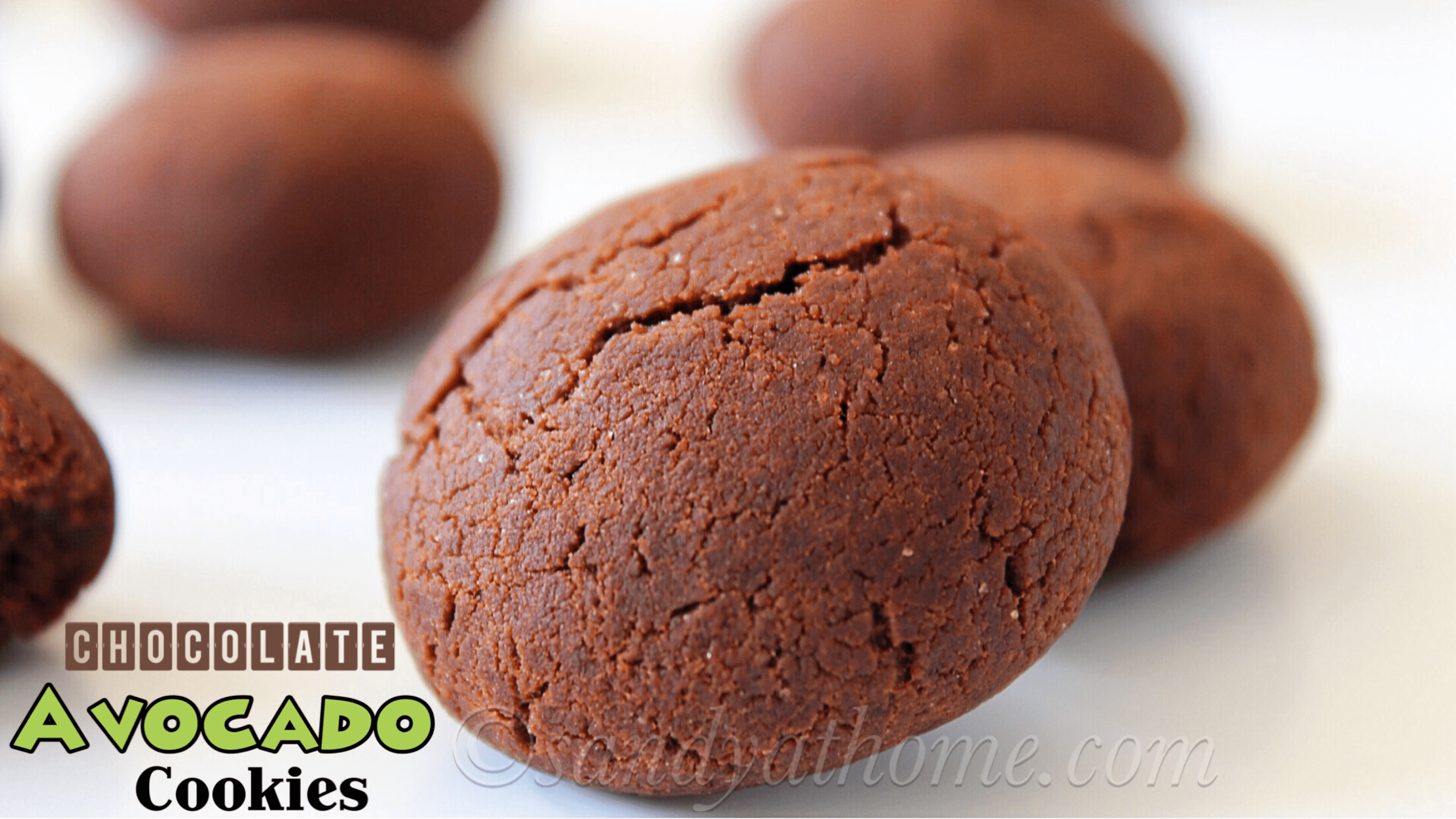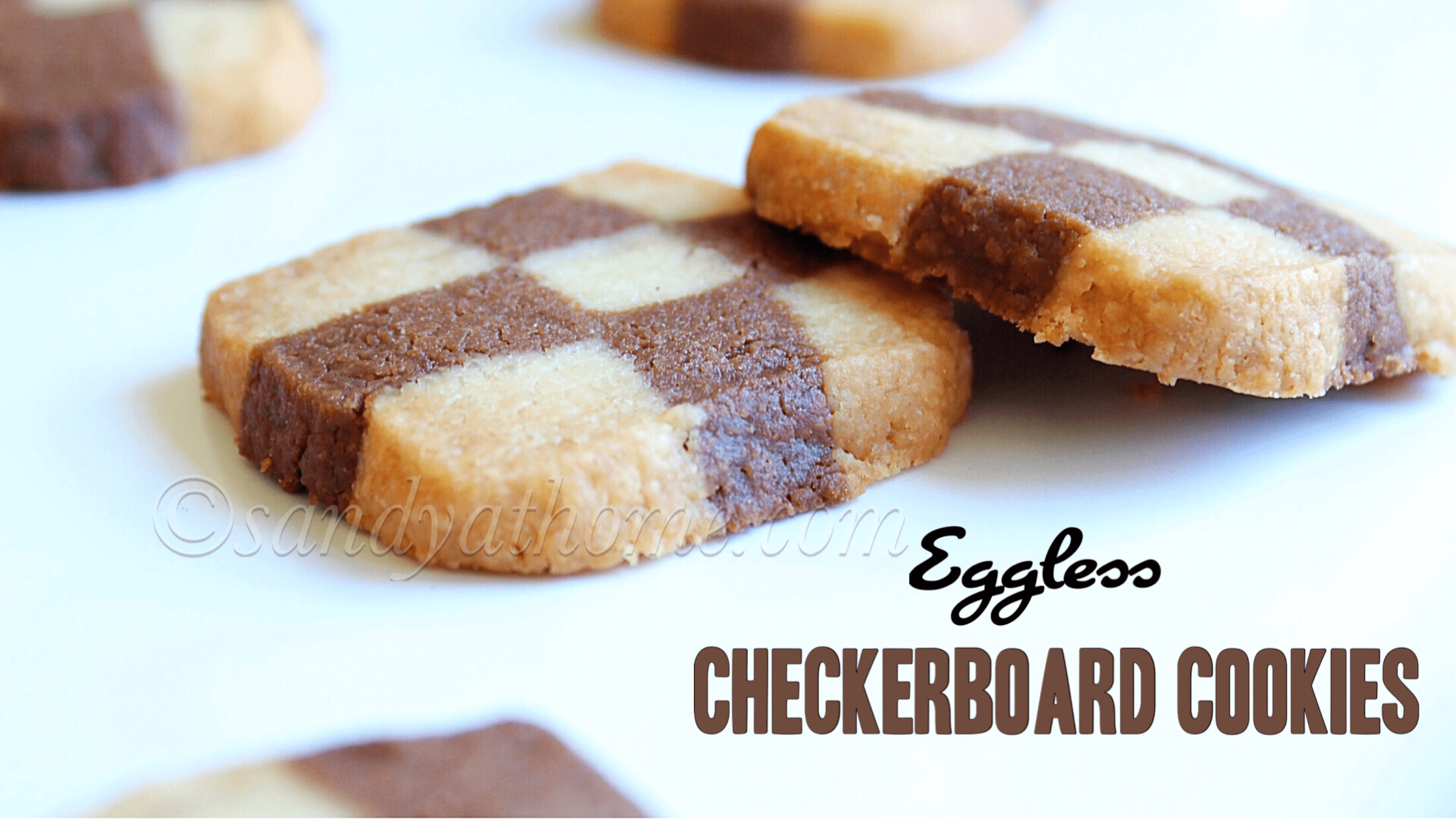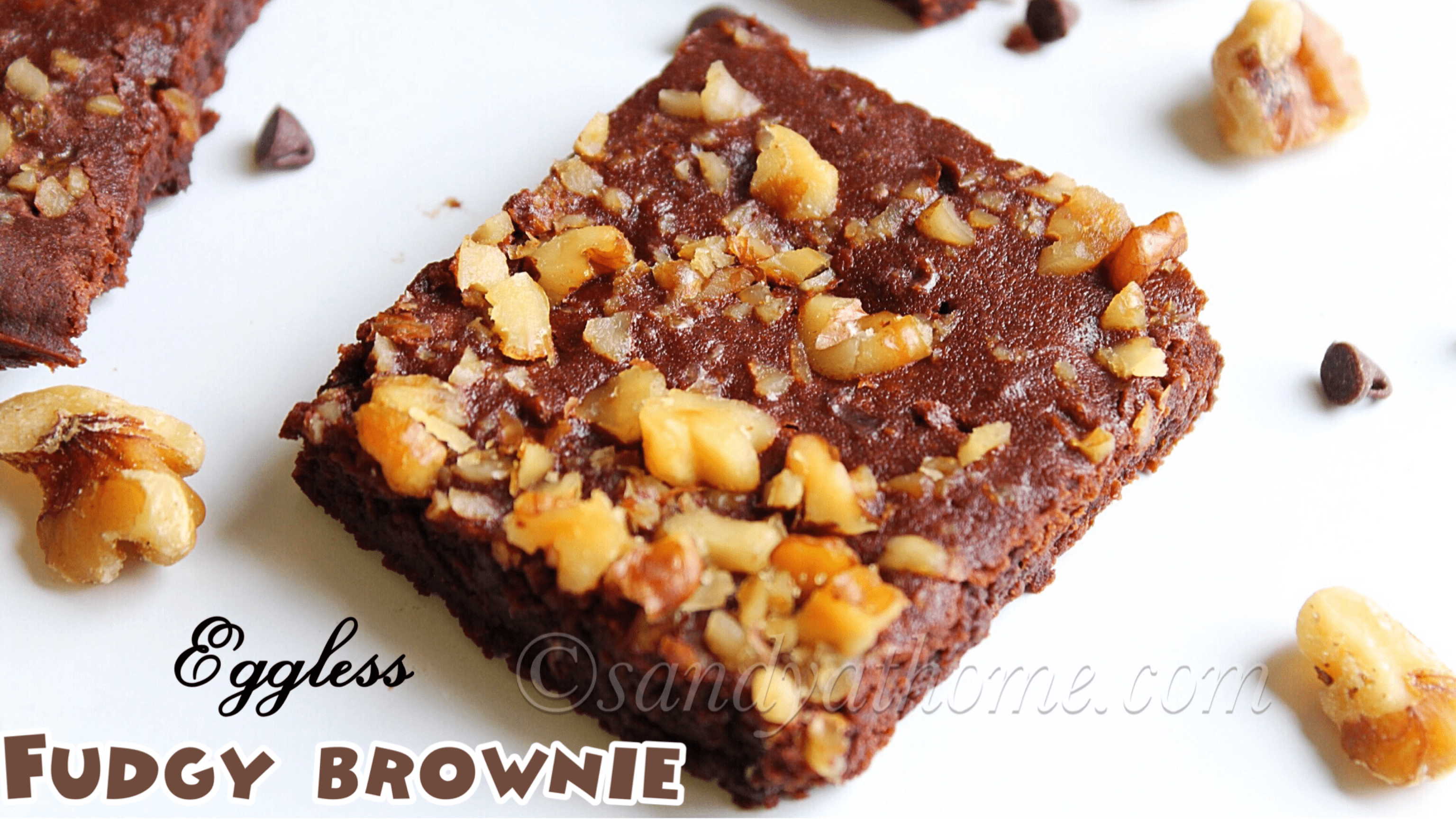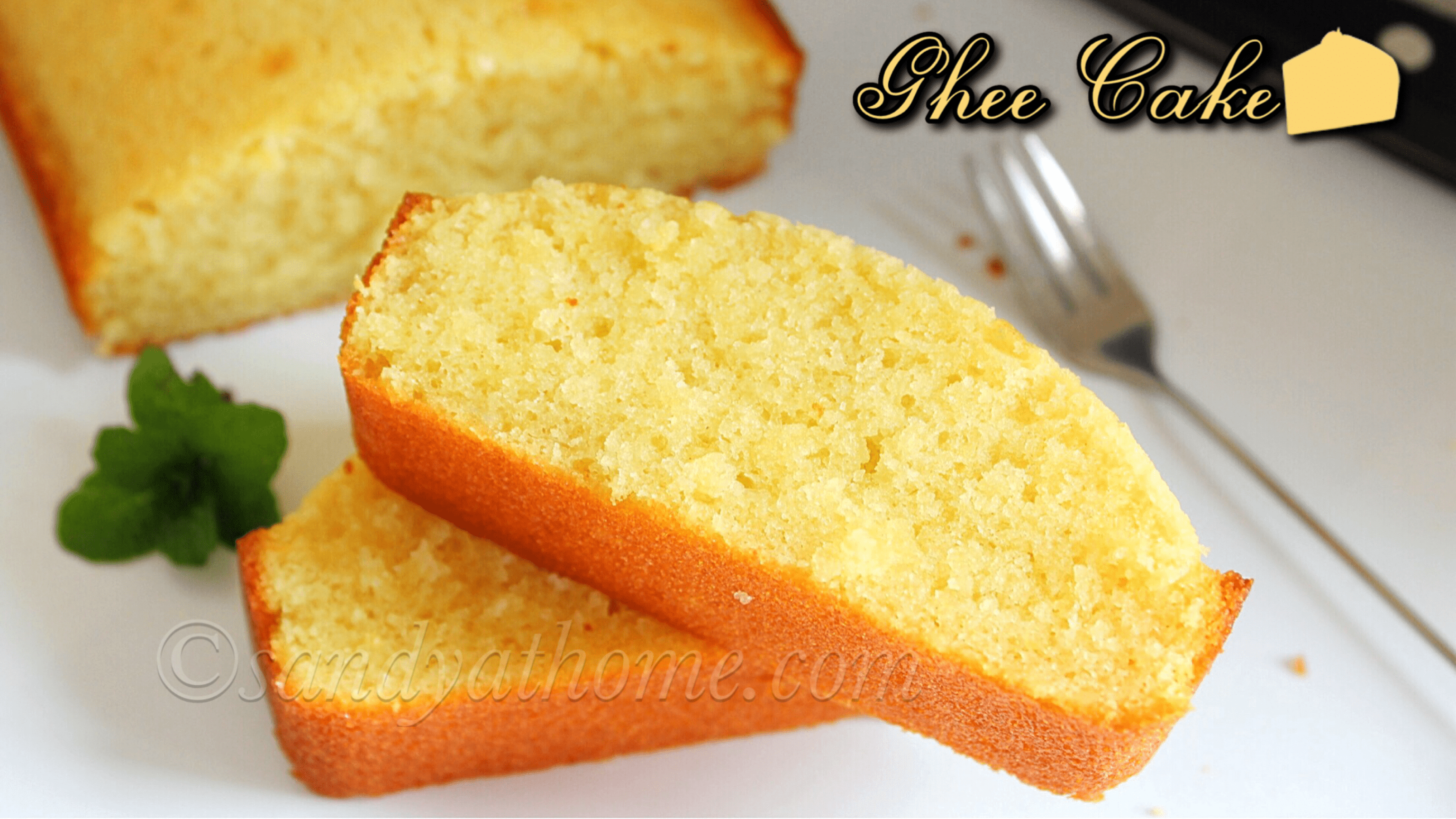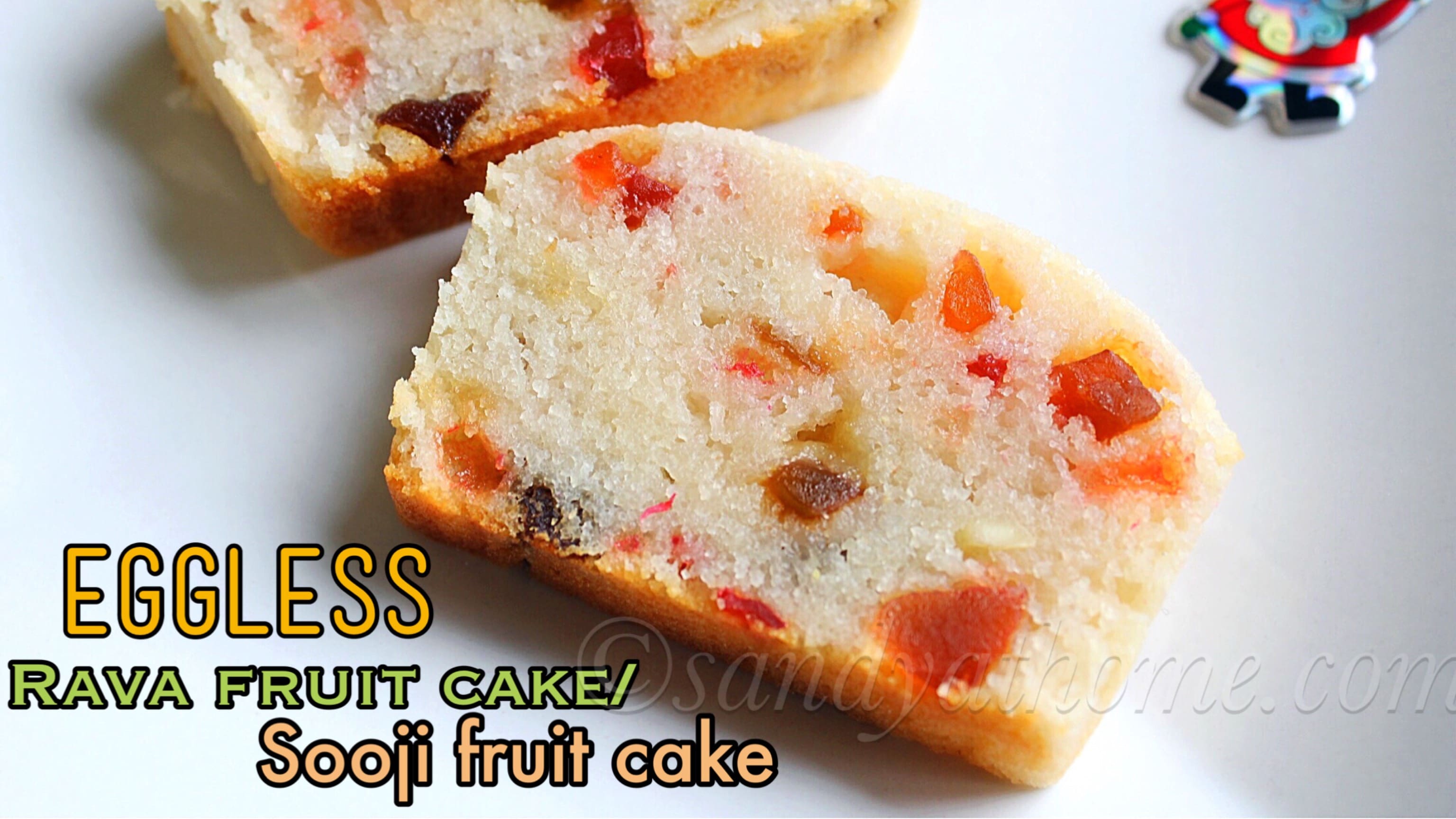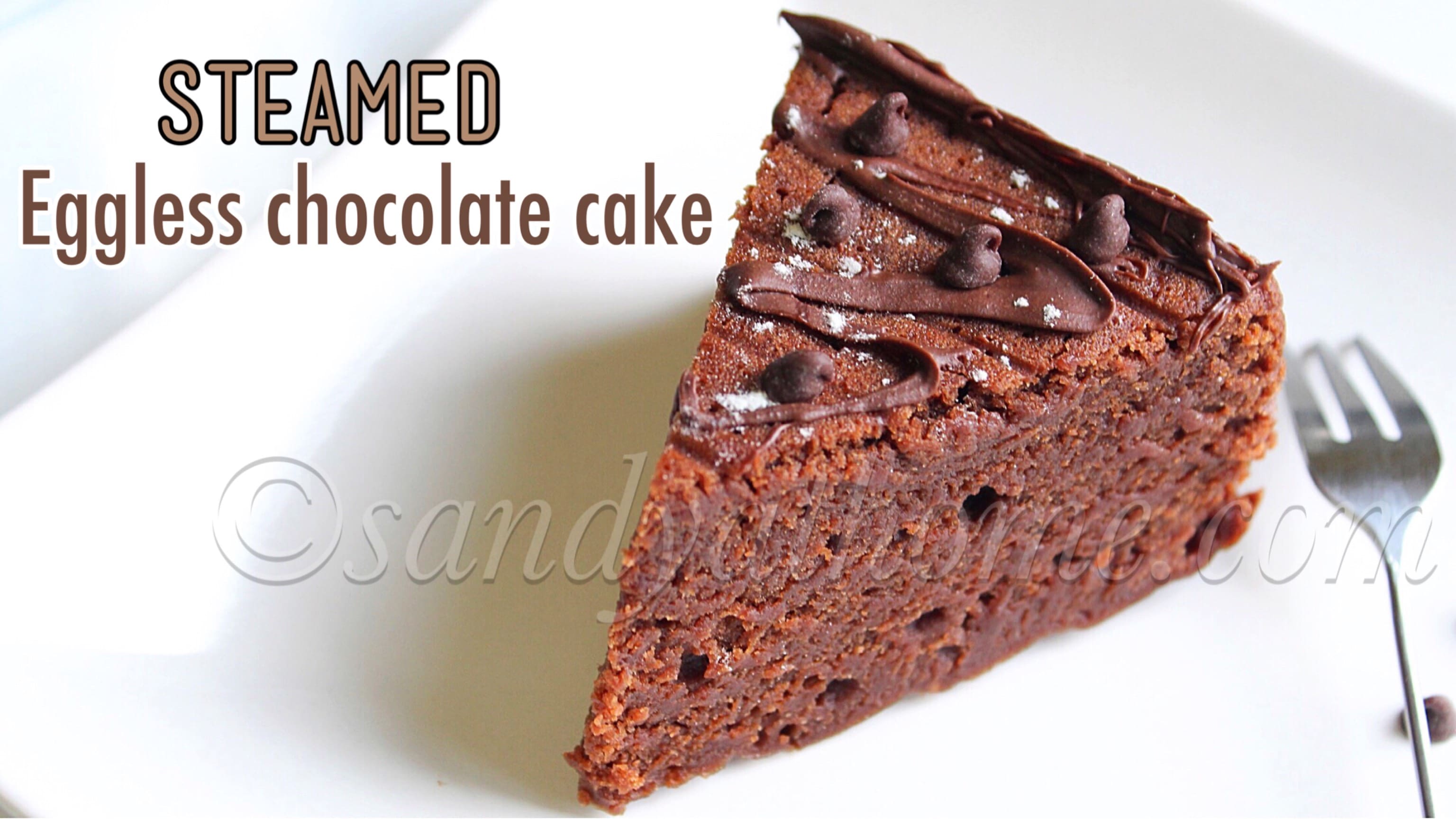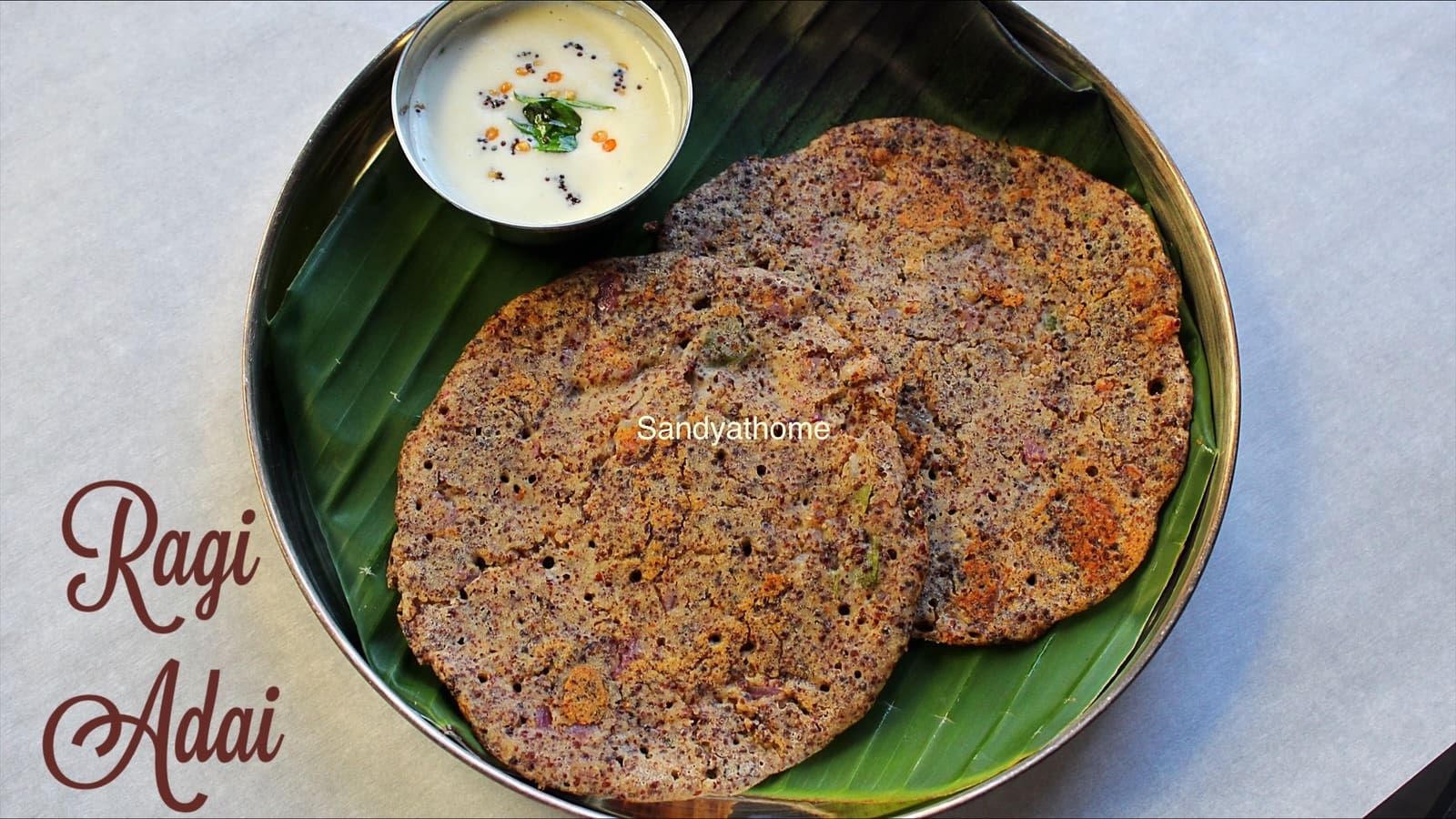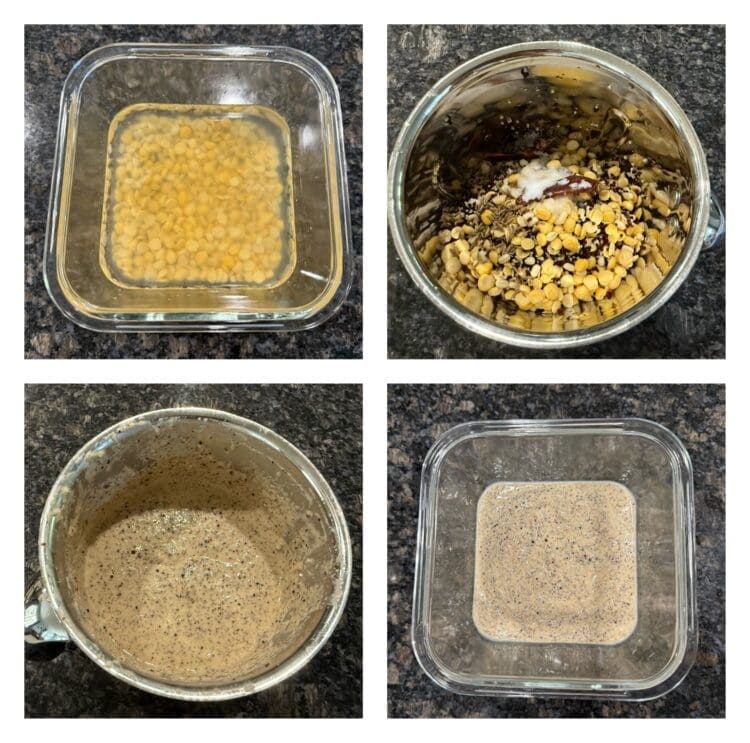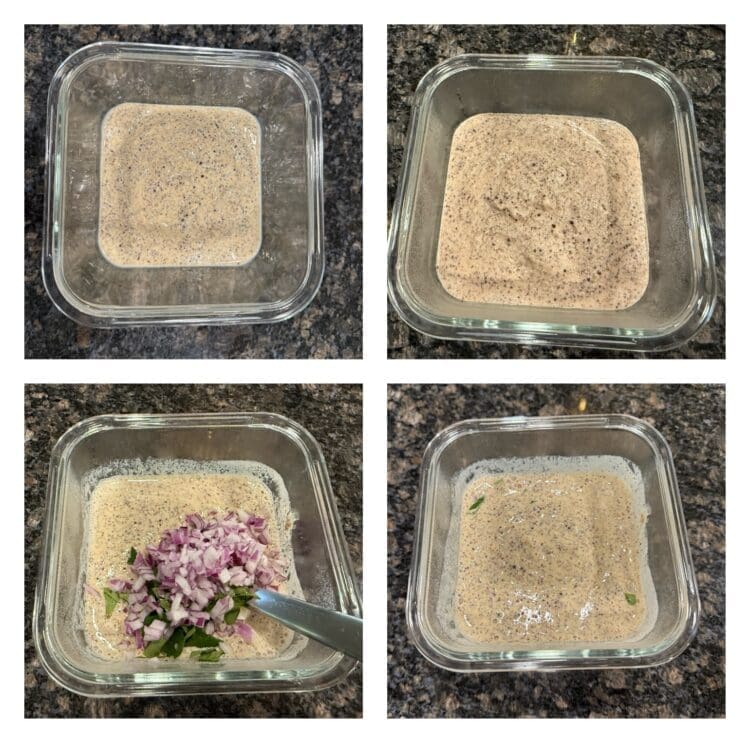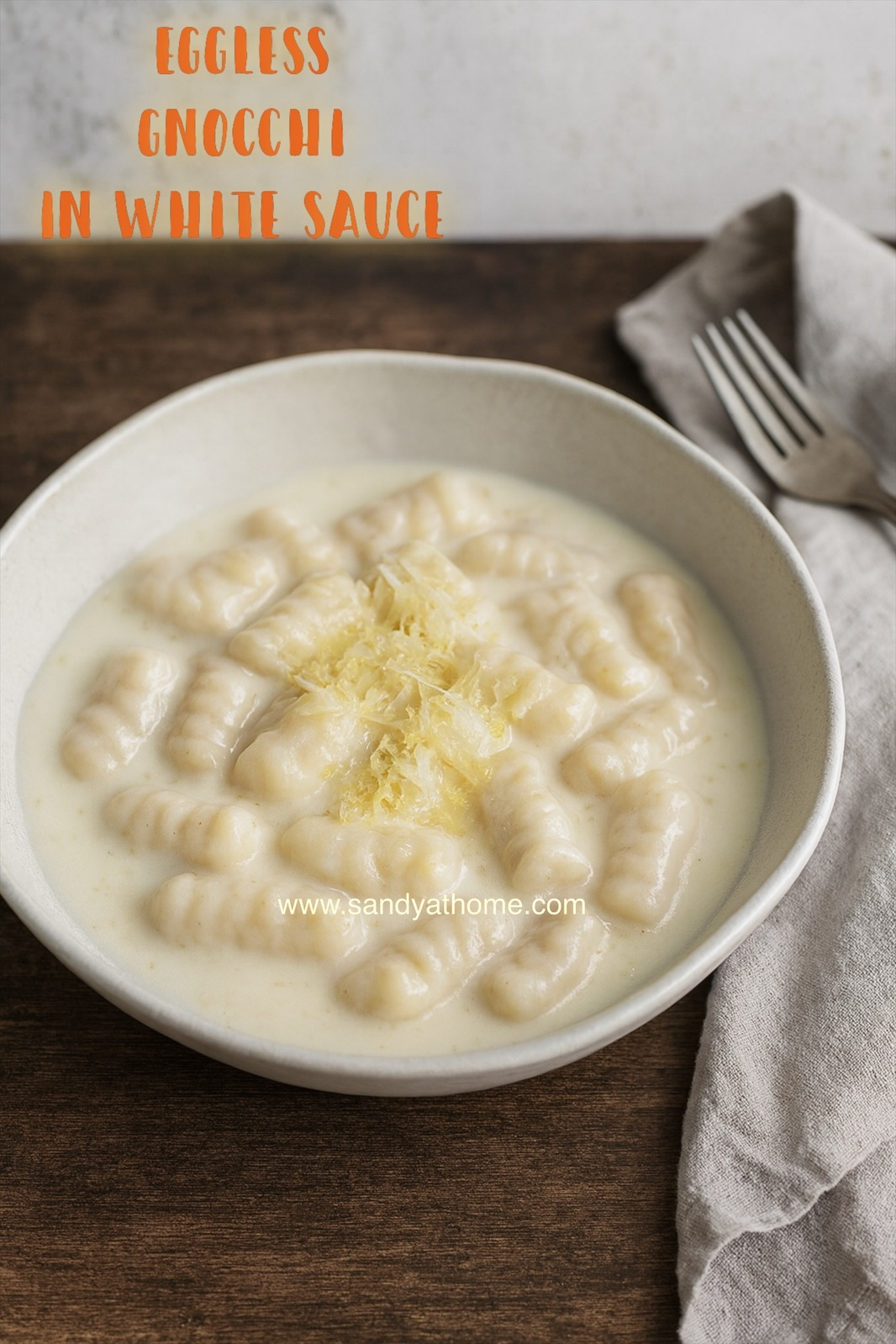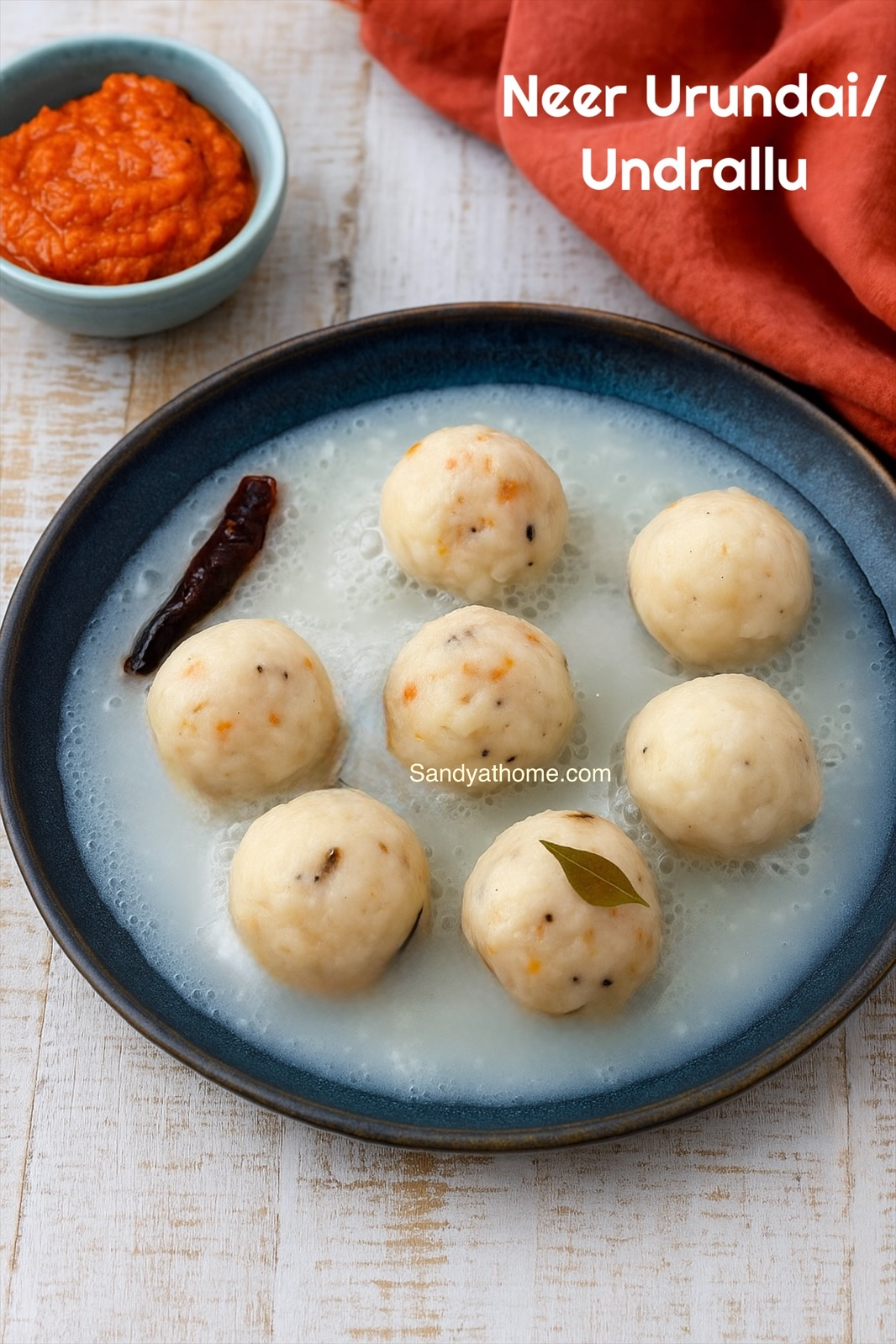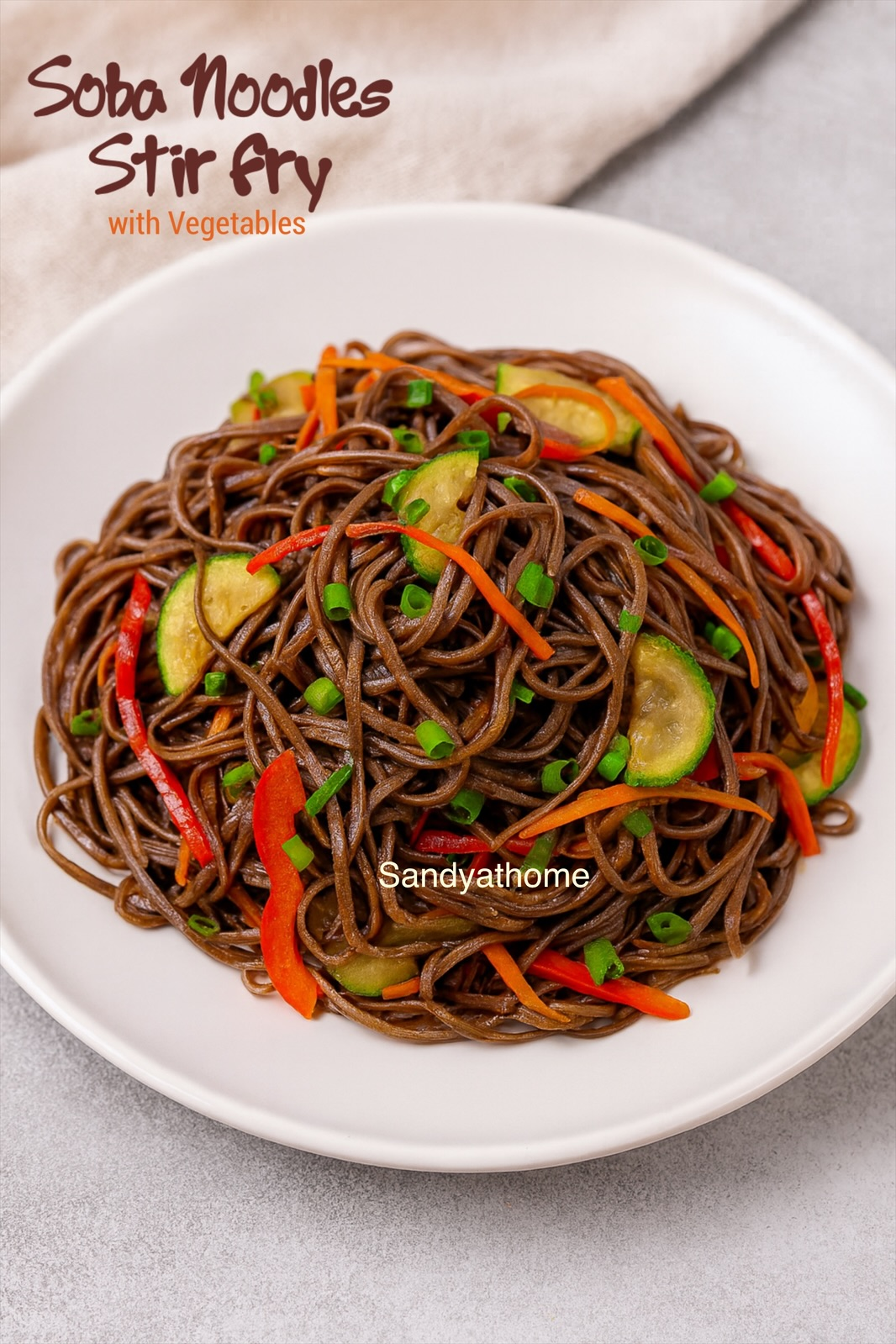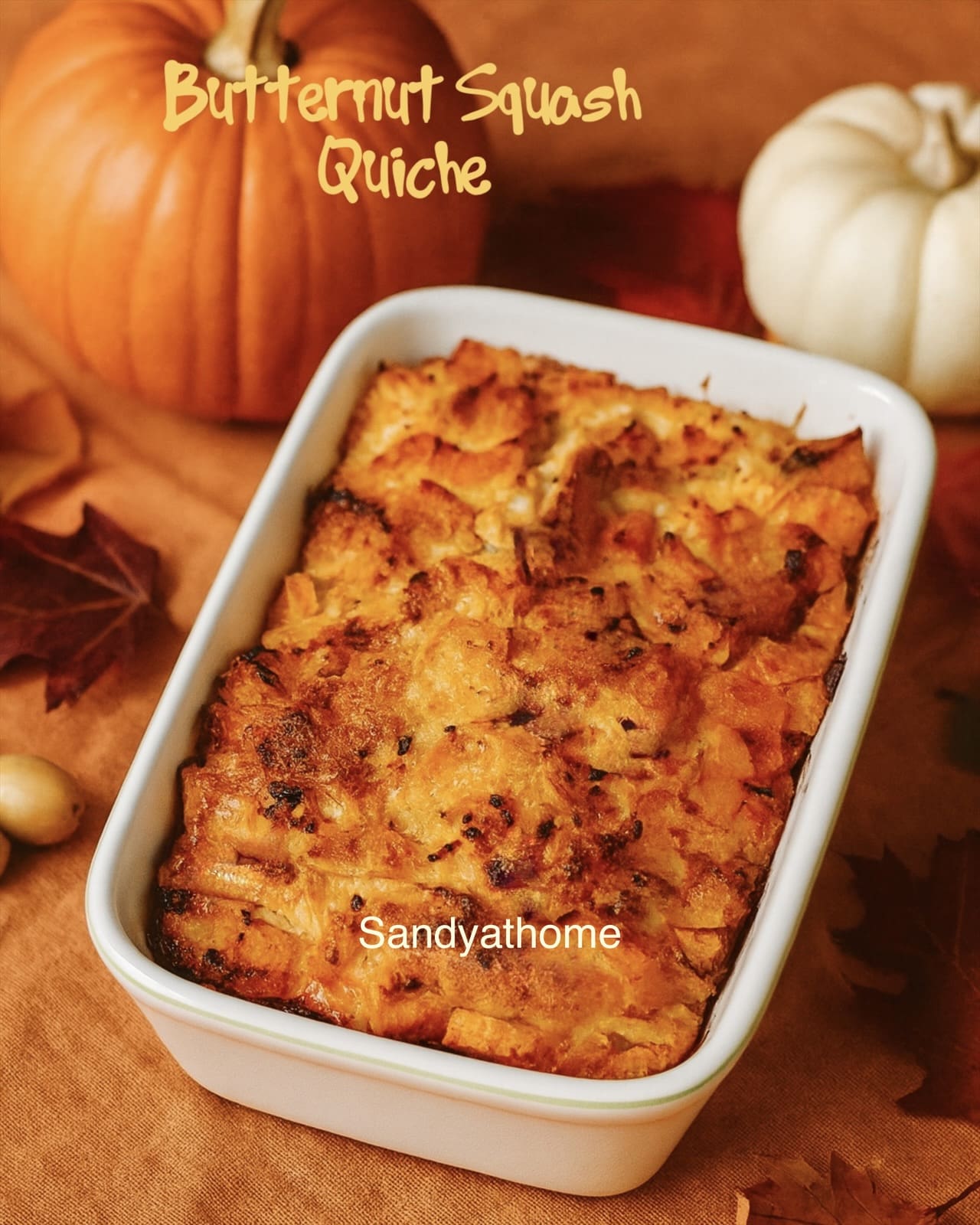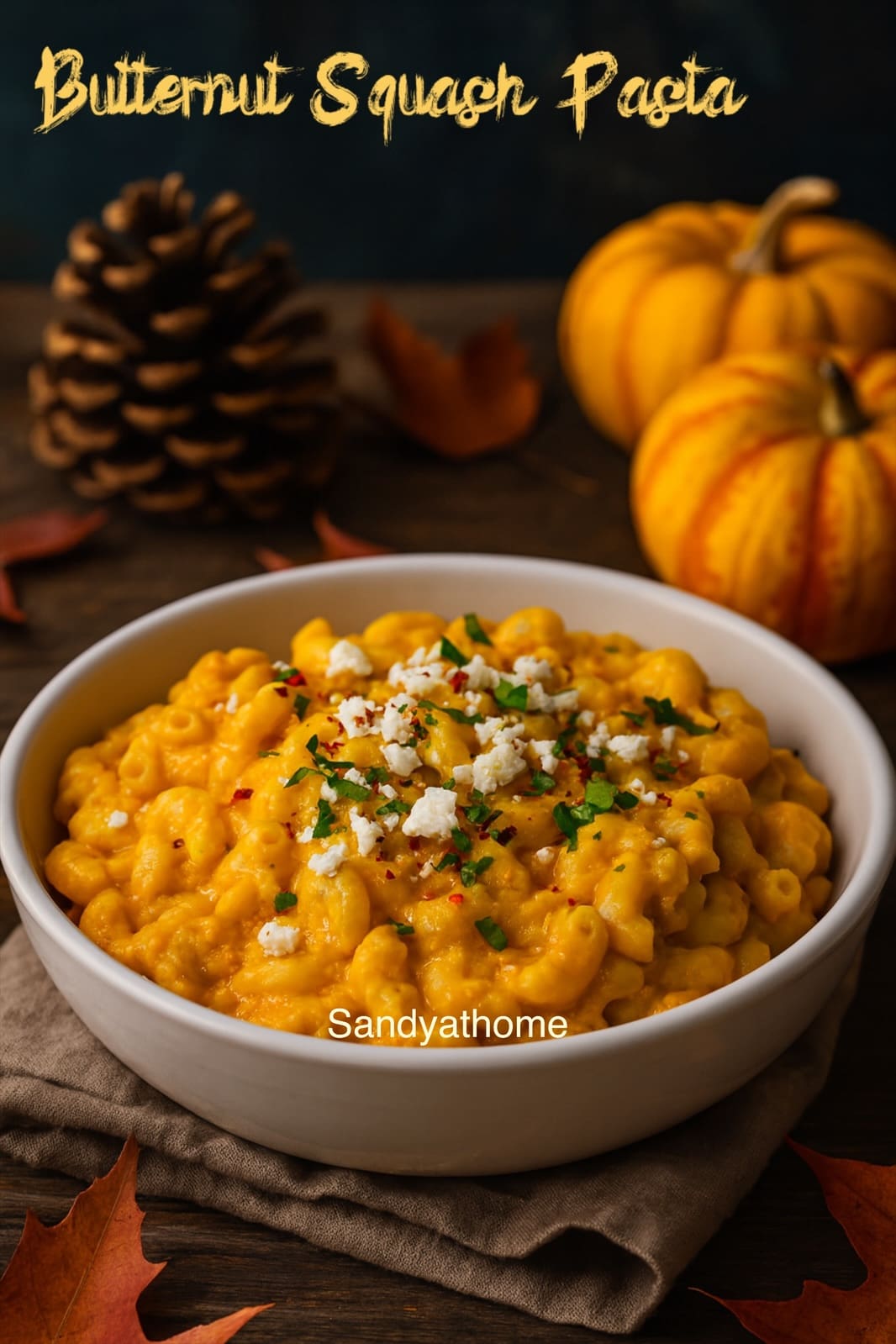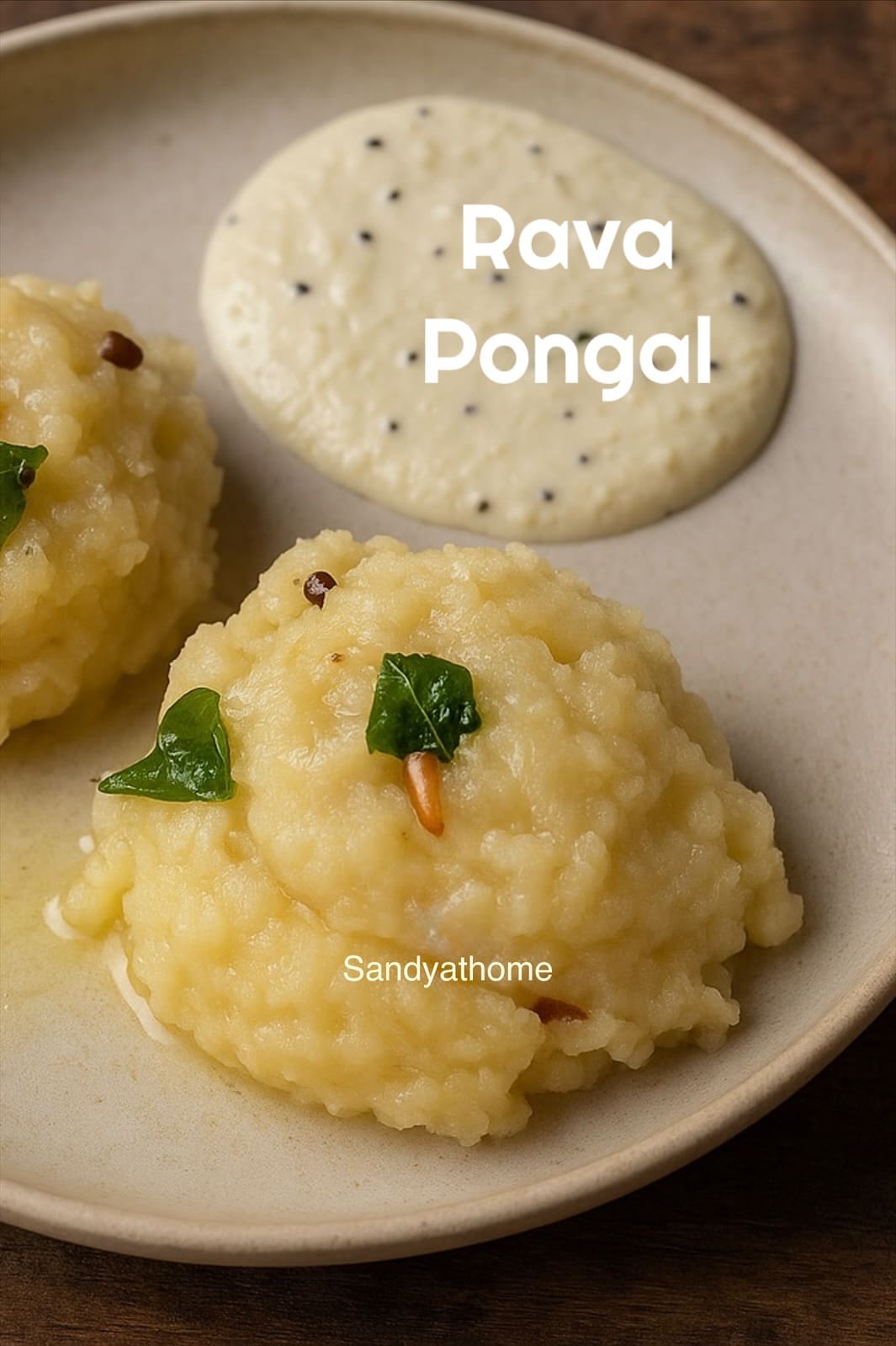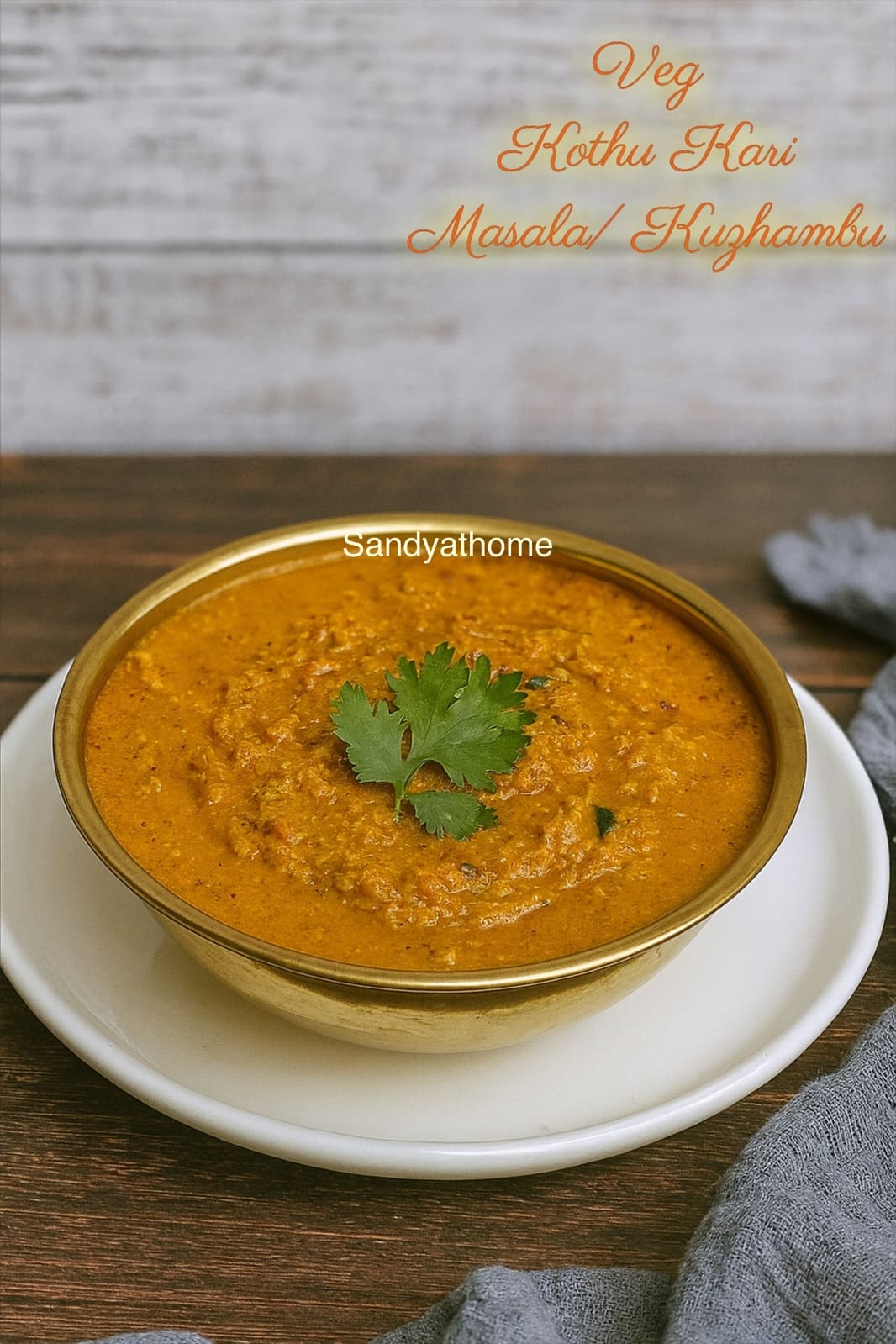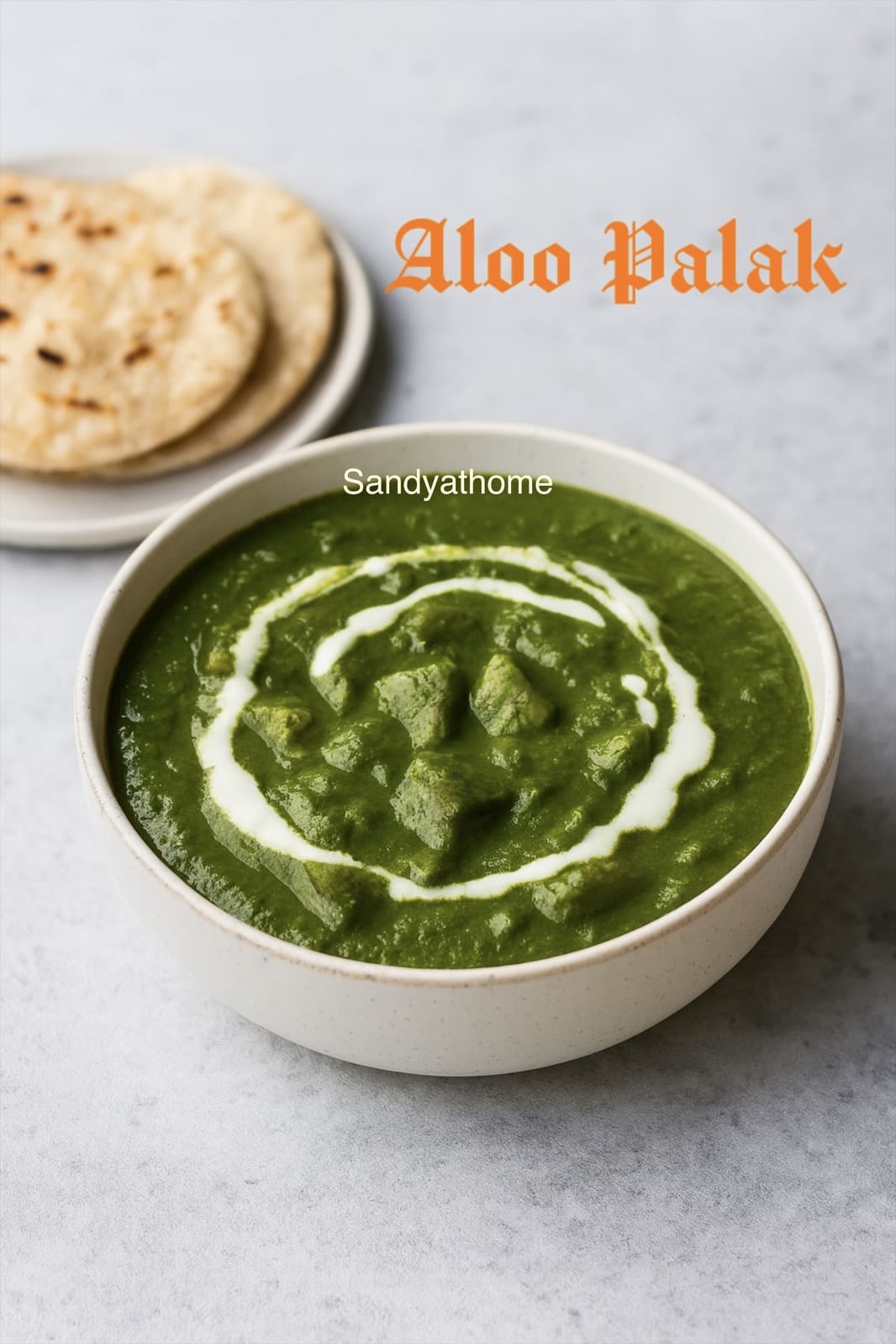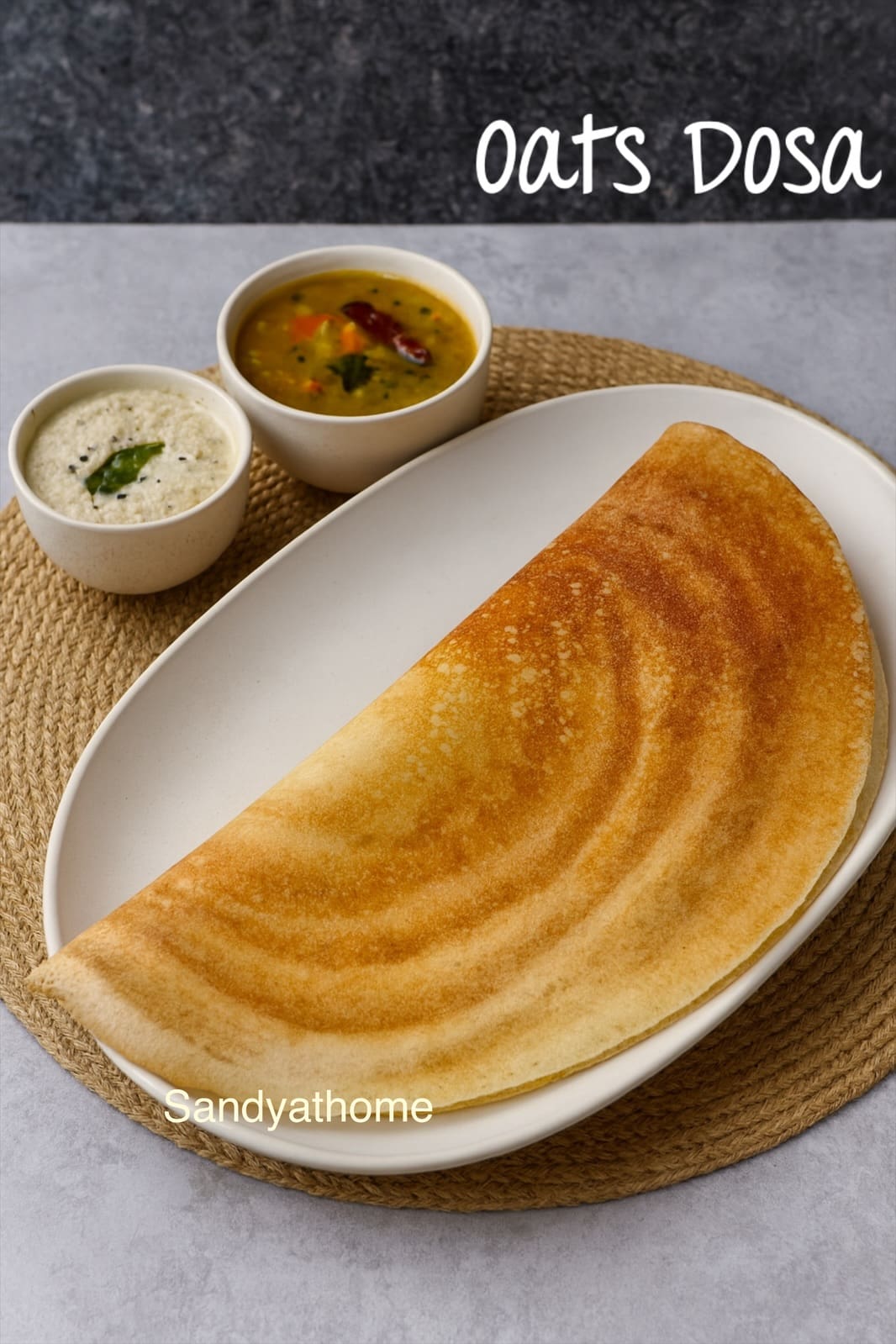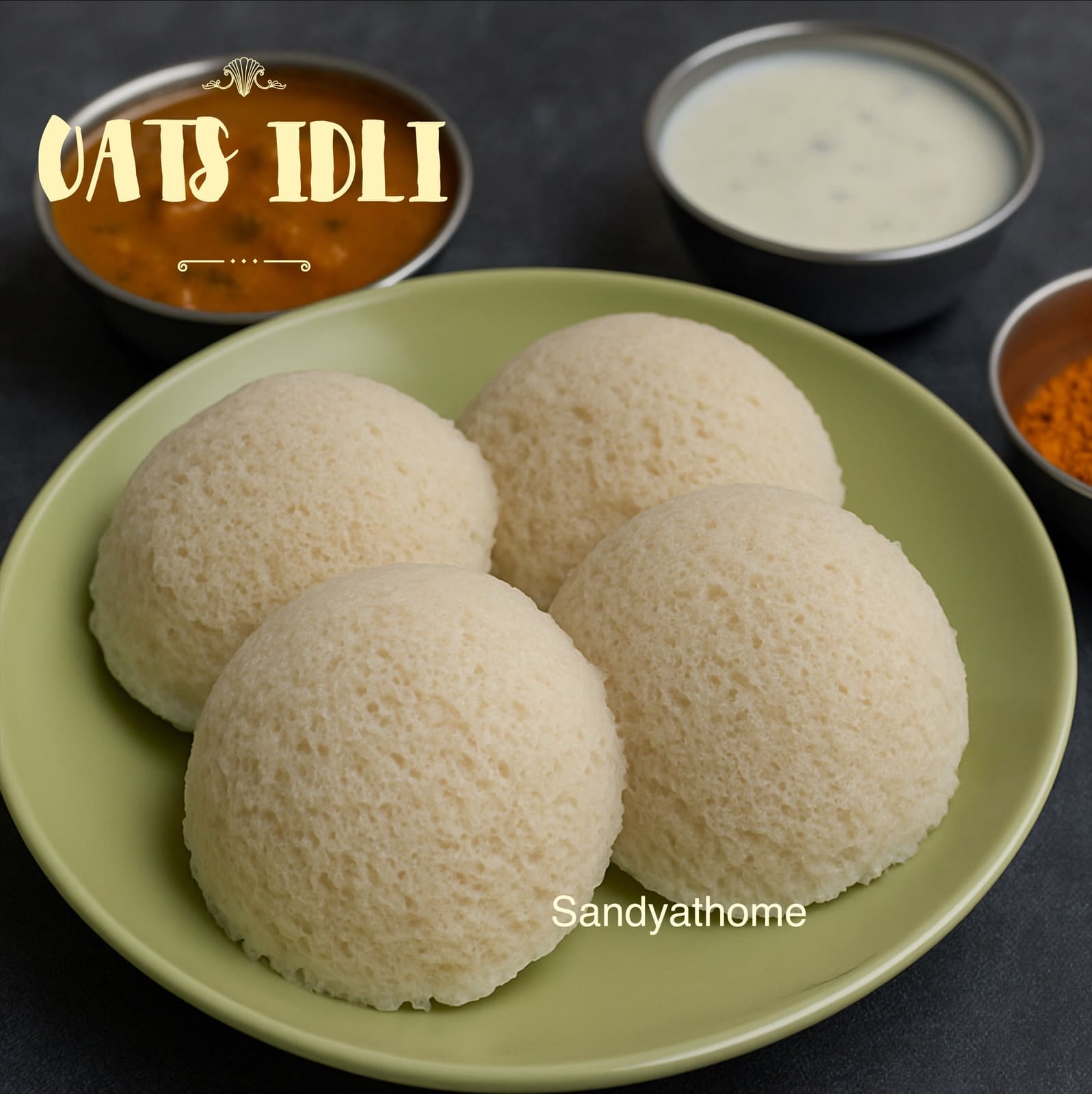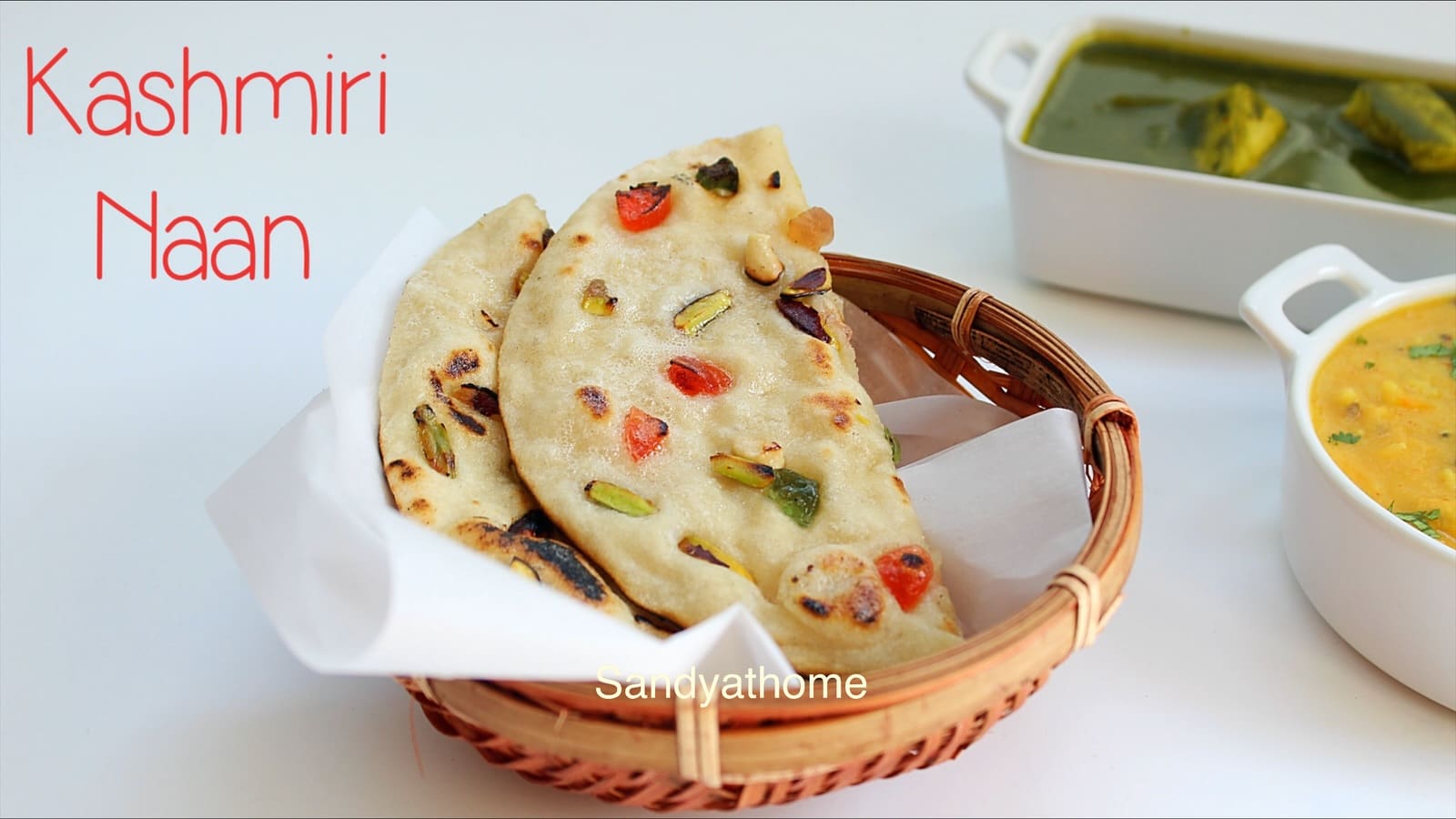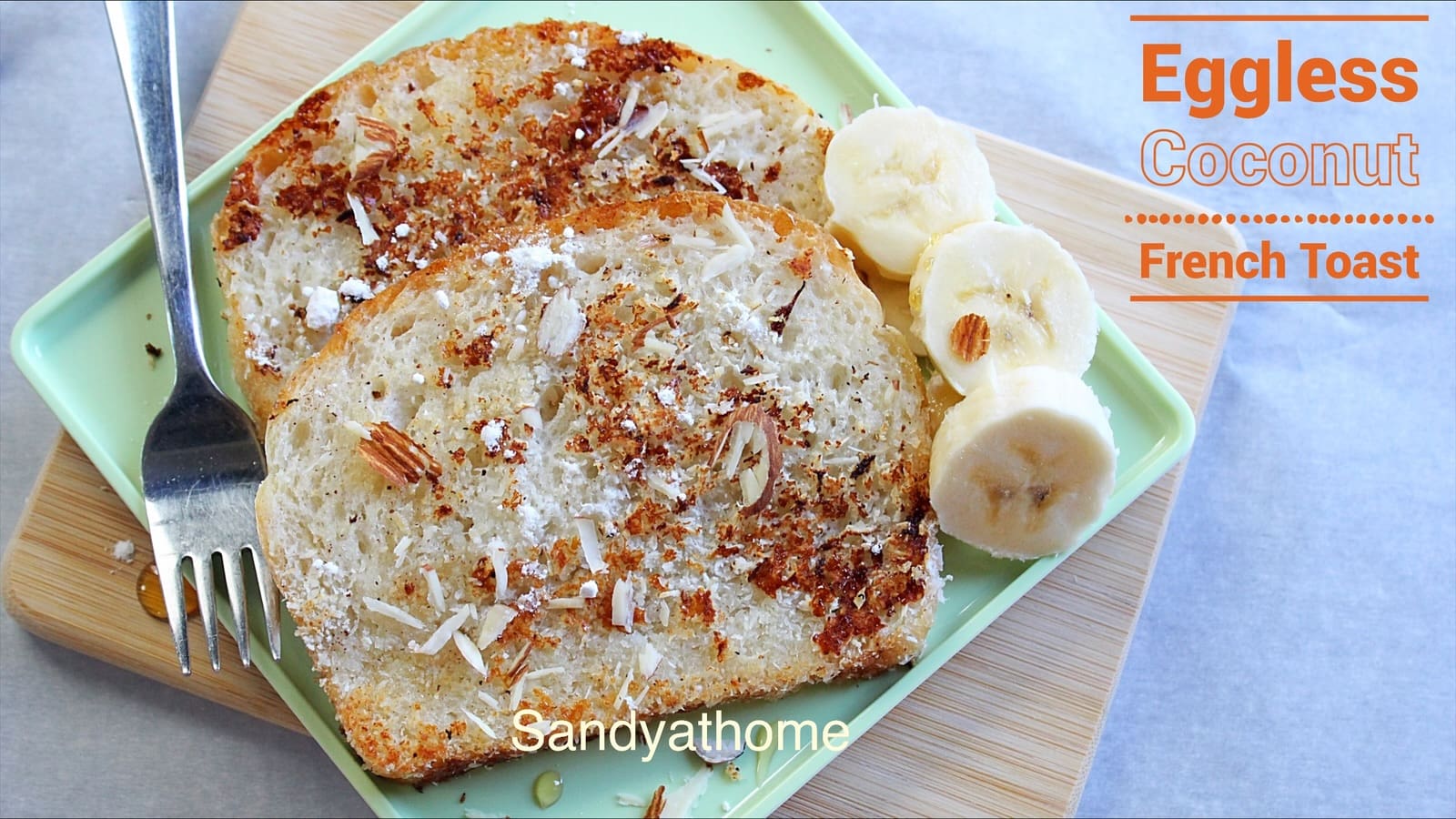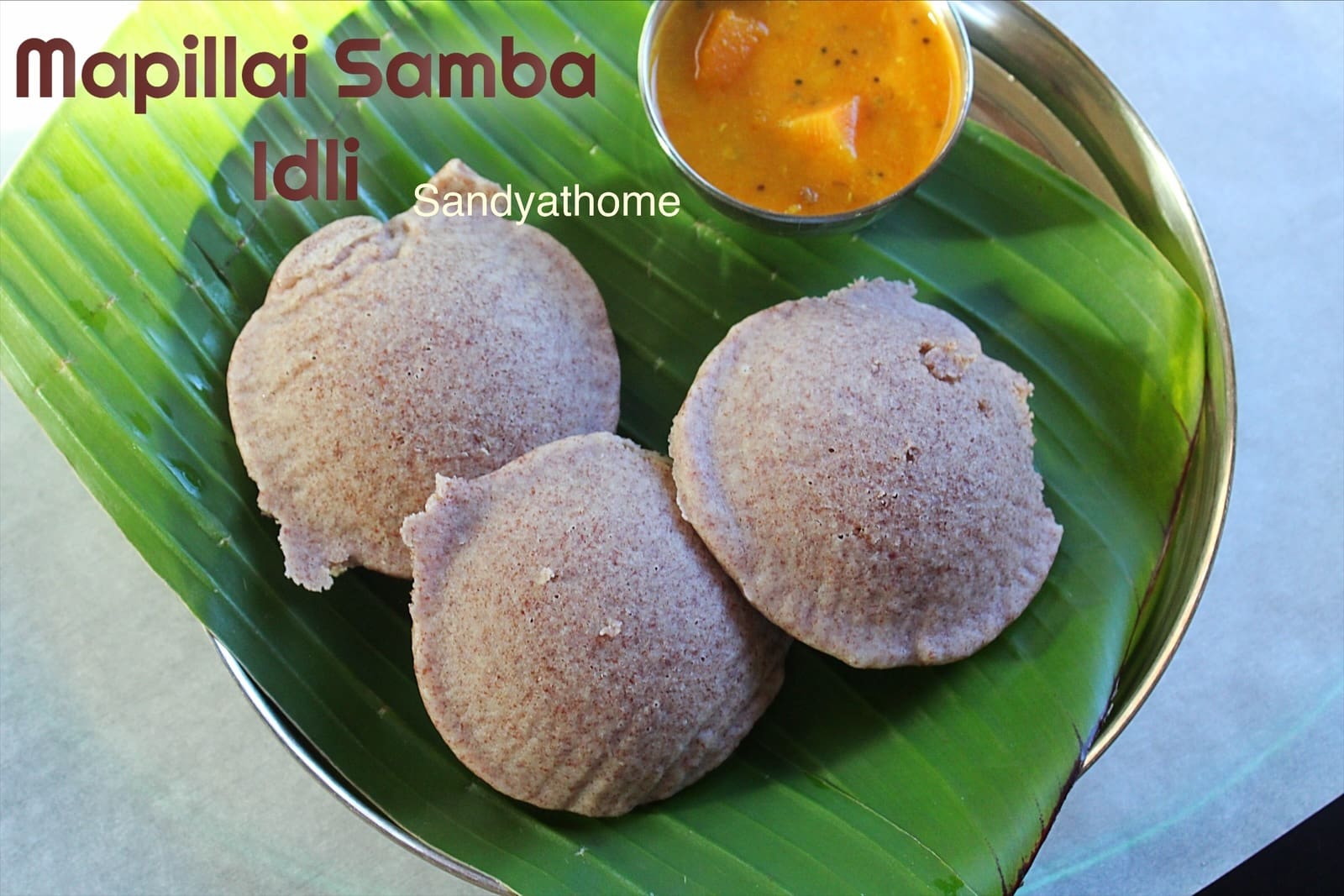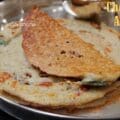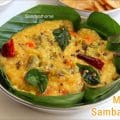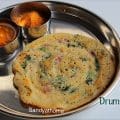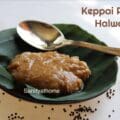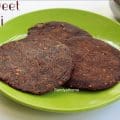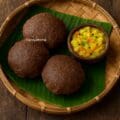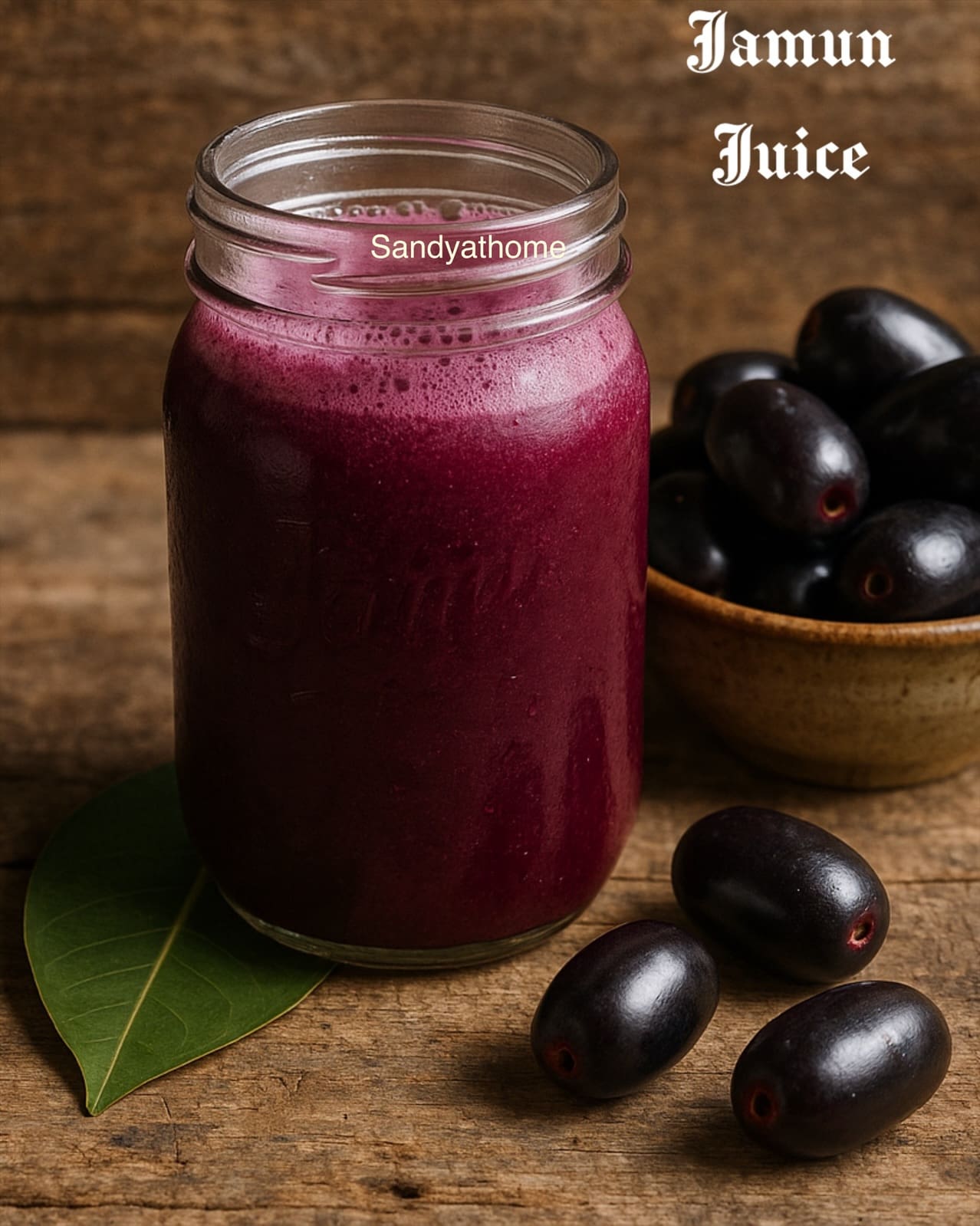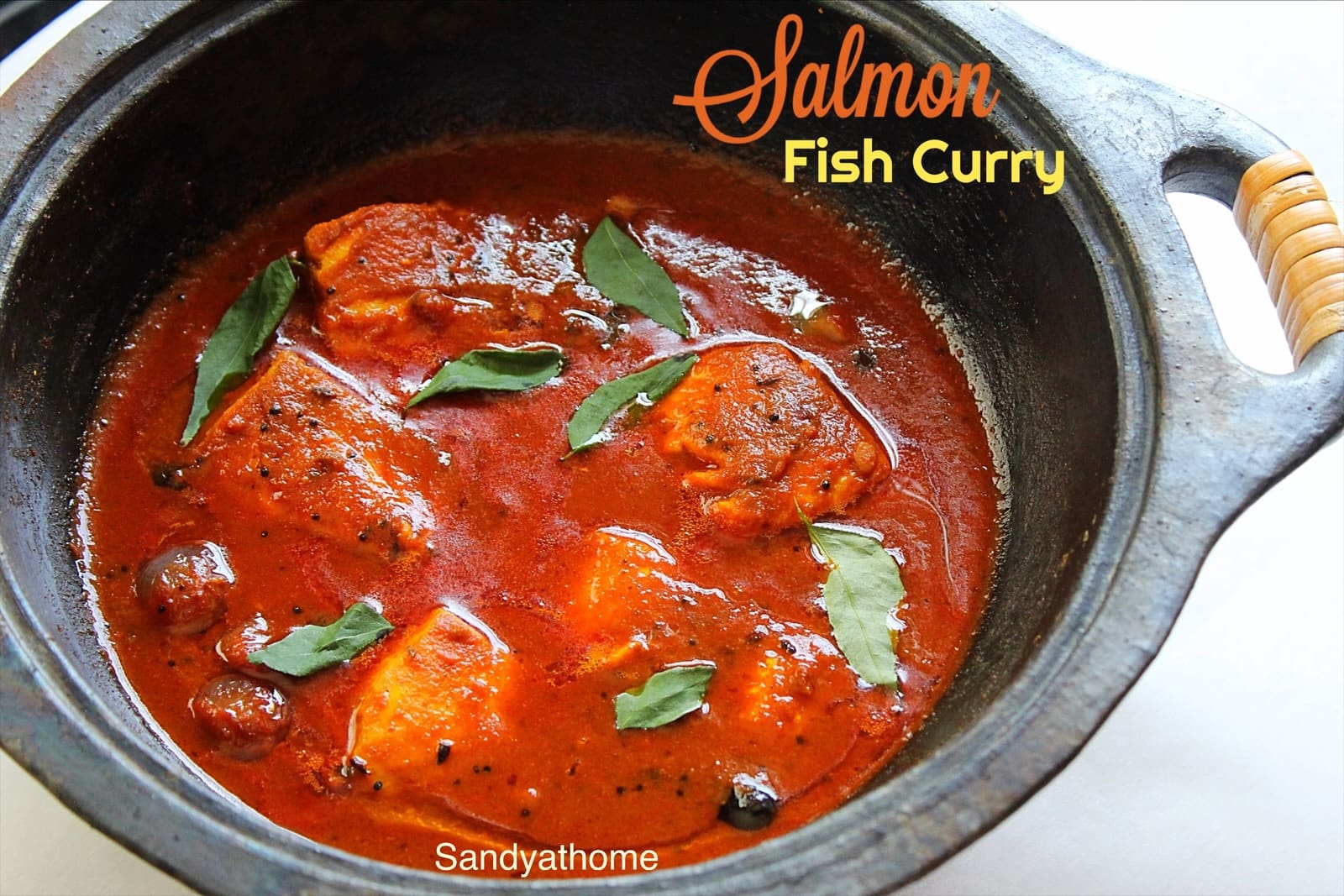2025 Sandyathome. All rights reserved. This original recipe of Ragi adai, Kezhavargu adai dosa, Ragi Minappa adai story, and content are the exclusive intellectual property of Sandyathome. Any reproduction, adaptation, distribution, or use, in full or in part, is strictly prohibited.
If you’ve been searching for ragi recipes, finger millet adai, or even Kezhvaragu dosa, here’s a revival dish that brings back the real method — no flour, no shortcuts. This Kezhvaragu Adai, also known as Ragi Minapa Adai in Andhra homes, is made from whole soaked finger millet (ragi or ragulu), toor dal, chana dal, and urad — just like how Paatis and Ammamas made it back in the day.
While today’s ragi adai recipes often use store-bought flour, this version belongs to a time when grains were soaked, stone-ground, and cooked on heavy iron tawas. This is not just a healthy South Indian breakfast — it’s an Andhra-Tamil millet legacy on a plate.
In Telangana homes, this kind of millet crepe is sometimes served with a dollop of ghee or allam pachadi (ginger chutney) — while in Tamil kitchens, it pairs beautifully with vellam or avial. Every household had a variation, but what stayed constant was this: ragi was sacred, soaked, and respected — never rushed.
Whether you call it Kezhvaragu Adai, Ragi lentil dosa, or Ragula Minapa Attu, this is your sign to bring it back, one golden crust at a time.
Bite of History of Ragi Adai
In both Tamil and Telugu households, ragi (or ragulu) was more than a grain — it was strength food. Soaked and ground with dals, it was served to growing children, postpartum mothers, and elders alike. Flour-based shortcuts didn’t exist. What existed? Patience, iron tawas, and pride in cooking slowly.
This ragi adai/ finger millet adai dosa recipe, revived and posted by Sandhya Riyaz of Sandyathome, is a no-rice, no-flour millet crepe that brings back ancestral Tamil–Telugu traditions in every bite.
Ingredient Role Table – Kezhvaragu/ Ragi Adai
| Ingredient | Role in Recipe |
|---|---|
| Whole Ragi/ Finger Millet (Kezhvaragu) | Ancient base grain; adds earthy taste, fiber, and iron |
| Barnyard Millet (Kuthiraivali) | Adds crispiness and replaces rice in traditional adai |
| Toor Dal (Thuvaram Paruppu) | Provides body and soft texture to the batter |
| Chana Dal (Kadalai Paruppu) | Adds golden color, crunchy bite, and nutty flavor |
| Urad Dal | Traditional strengthening ingredient; improves texture and binding |
| Dry Red Chillies | Provides natural heat and warmth |
| Cumin seeds | Aids digestion |
| Hing (Asafoetida) | Enhances flavor subtly and supports digestion |
| Curry Leaves | Lends aroma and authenticity; brings South Indian identity |
| Salt | Balances all other flavors and brings the dish together |
| Water | Used for soaking and grinding; controls the batter’s consistency |
| Oil or Ghee | For cooking; creates a crispy crust and enhances final flavor |
You May Also Like these Recipes:
Directions to make Ragi millet adai with step by step images
- Soak whole ragi, barnyard millet, toor dal, chana dal, and black urad dal together for 6 hours or overnight.

- Grind with red chillies, fennel seeds, and hing to a thick, coarse batter.

- Rest the ragi adai batter for 1–2 hours. You can seen how it risen in couple of hours. Mix in salt and curry leaves. Optional: add onions or veggies.

- Heat a cast iron tawa. Spread batter into thick adai. Drizzle oil around edges. Cook on medium flame till golden, flip and cook the other side.

- Serve hot with jaggery, coconut chutney, or allam pachadi.
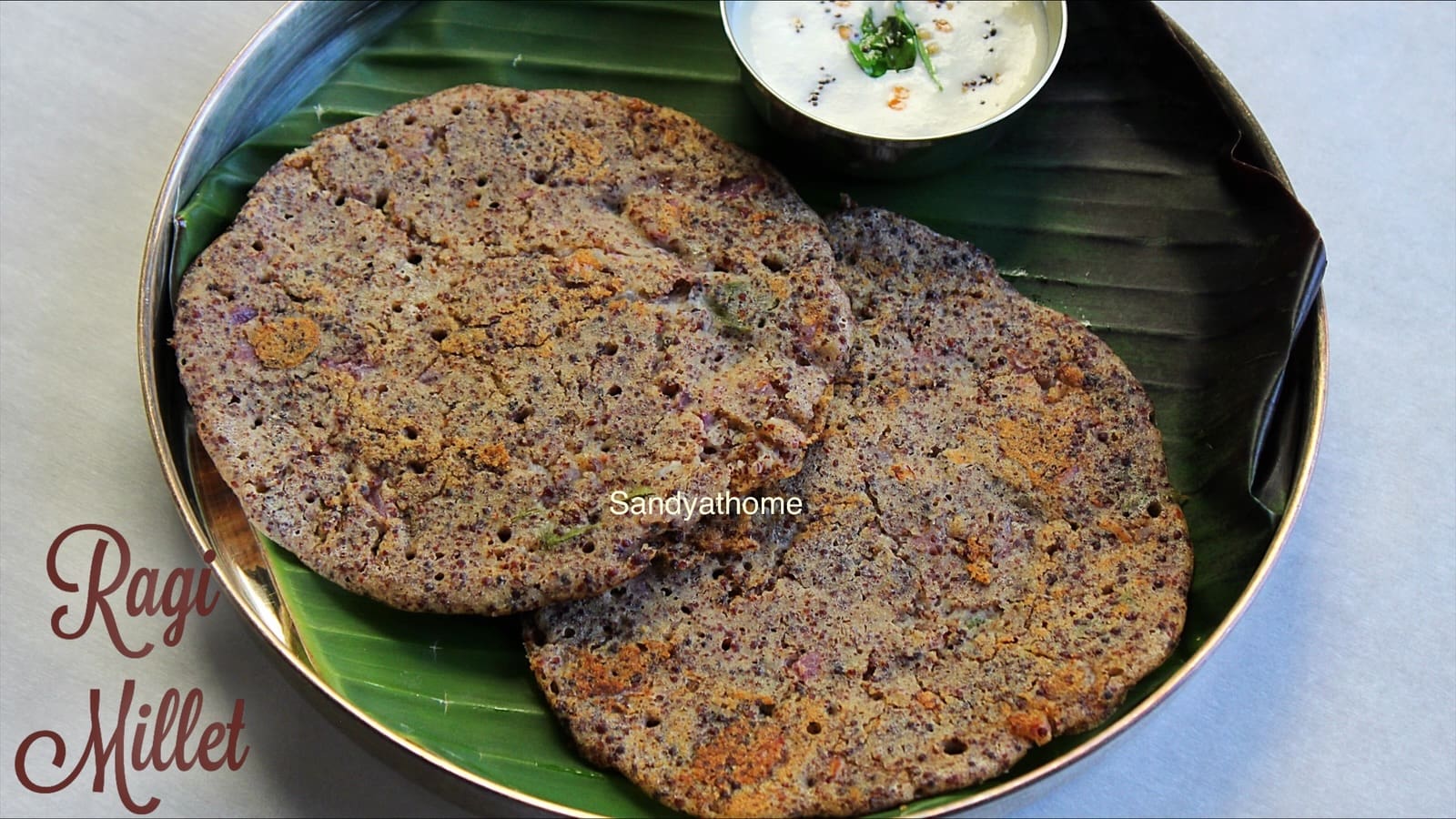
Pro tips for Ragi lentil dosa:
- Use barnyard millet instead of rice to keep it light, crisp, and gluten-free — a perfect alternative for healthy adai lovers.
- Soak the whole ragi properly (at least 6 hours); under-soaked grains can remain hard and resist grinding.
- Don’t grind the batter too smooth — the authentic adai texture is slightly coarse.
- Use a well-seasoned cast iron tawa for even cooking and a golden crust, just like old Tamil kitchens.
- Add finely chopped onions, murungai keerai (drumstick leaves), or grated carrot to the batter for variation and extra nutrition.
- Cook on medium heat — slow roasting develops flavor and prevents burning.
FAQ to make Ragi lentil dosa
Yes! This is a no-rice ragi adai recipe made with barnyard millet instead. It keeps the dish light, crisp, and closer to ancient Tamil and Telugu traditions.
Barnyard millet (kuthiraivali) works beautifully for crispness in place of rice. It’s light, gluten-free, and pairs well with soaked dals
Skip store-bought flour and use whole soaked ragi. Grind it with toor dal, chana dal, urad dal, and millet for an authentic grain-based adai that’s rich in fiber and taste.
Serve with vellam (jaggery), coconut chutney, avial, or Andhra allam pachadi (ginger chutney) for a nostalgic pairing from rural homes.
Yes. You can refrigerate the batter for up to 2 days. Let it sit at room temperature for 30 minutes before using to bring back texture.
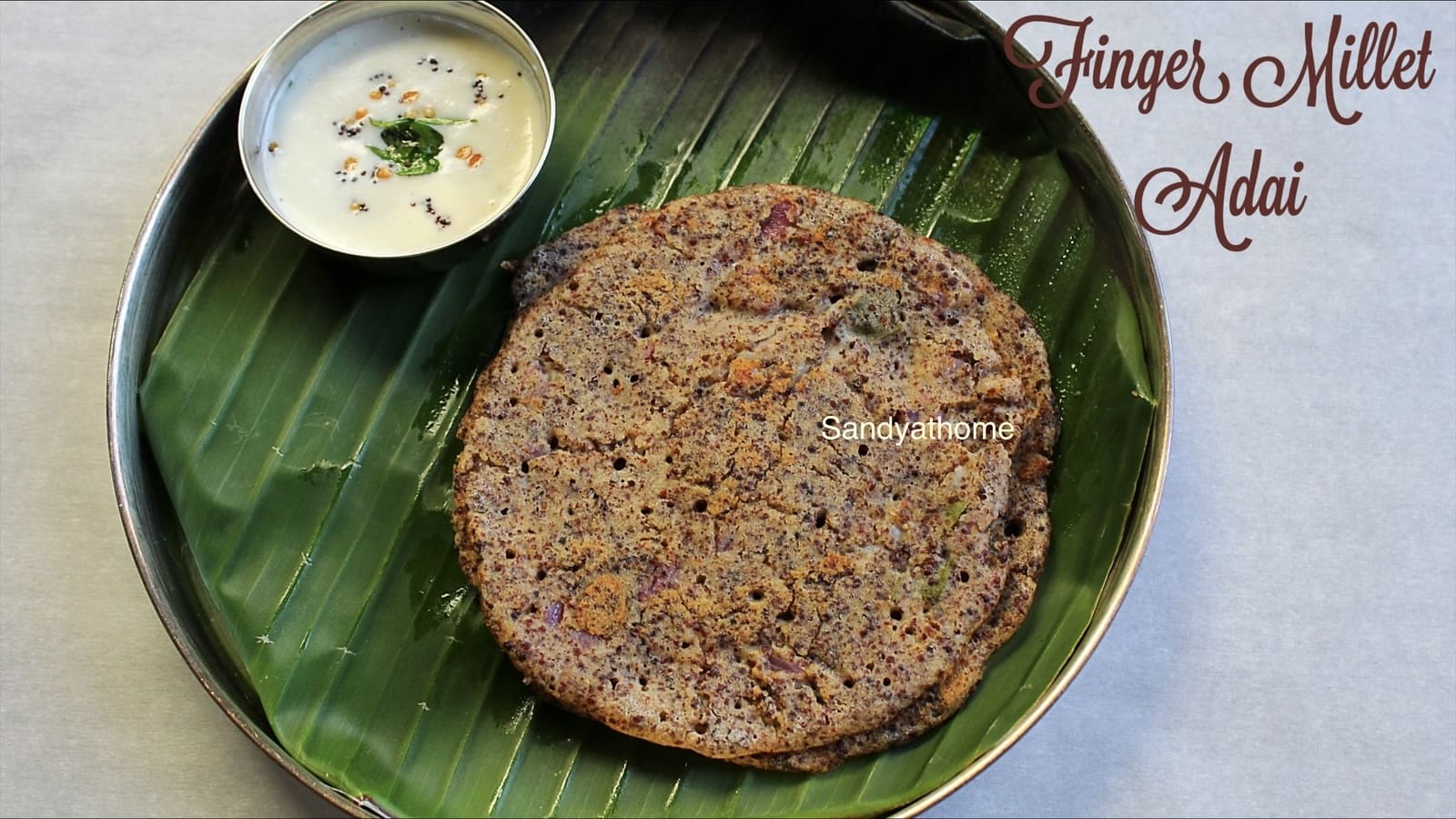
Breakfast recipes
Eggless Gnocchi in White Sauce, How to make Eggless Gnocchi
Soft, pillowy eggless gnocchi tossed in a smooth béchamel sauce — a comforting, homestyle pasta that comes together with simple ingredients.
Besan Puri, How to make Besan Ki Masala Poori
A warm, golden besan poori perfect for cold weather—crisp, lightly spiced, and comforting, made with gram flour that naturally warms the body during winter.
Thanni Urundai, Neer Urundai, How to make Ganji Kudumulu
Soft rice flour dumplings simmered in spiced water, Amma’s comforting Thanni Urundai pairs beautifully with tangy tomato chutney.
Soba Noodles Stir-Fry with Vegetables, How to make Veg Soba Noodles
Wholesome, colorful, and full of flavor — these vegetable soba noodles are tossed in a soy-sesame sauce and packed with fresh veggies for a light, nourishing meal that’s ready in minutes.
Butternut Squash Quiche, How to make Bread-Base Quiche
Golden, creamy butternut squash quiche made with bread base, cheddar, and feta — a cozy, no-crust autumn brunch favorite baked to perfection.
Butternut Squash Pasta, How to make Squash Pasta
Cozy, creamy, and gently spiced — a comforting fall pasta with roasted squash and a flavor boost from cumin, oregano, and feta.
Honey Walnut Shrimp, How to make Honey Walnut Shrimp
Crispy golden shrimp tossed in a creamy honey-mayo glaze with candied walnuts — a restaurant-style favorite made easy at home.
Chili Idli, How to make Chilli Idli, Leftover Idli Recipe
A quick and spicy Indo-Chinese snack made by tossing crispy air-fried idli cubes in a garlicky harissa-chilli sauce with onions, capsicum, and spring onions — perfect for using up leftover idlis in the most delicious way!
Rava Pongal, How to make Ven Pongal with Rava
A comforting South Indian breakfast made with roasted rava (semolina) and moong dal, tempered with ghee, pepper, cumin, ginger, and curry leaves. Soft, buttery, and wholesome — best served hot with coconut chutney.
Veg Kothu Kari Kuzhambu, How to make Veg Mince Curry
A Chettinad-inspired vegetarian twist on mutton kothu kari, this soya mince masala and kuzhambu is hearty, spicy, and perfect with rice, dosa, or chapati.
Aloo Palak, How to make Potato and Spinach Curry Recipe
Aloo Palak is a delicious North Indian curry where soft potato cubes are simmered in a smooth spinach gravy with aromatic spices. Nutritious, comforting, and perfect with roti, naan, or rice
Oats Dosa, How to make Fermented Oats Dosa
This fermented oats dosa is a light, nutty breakfast made with oats, rice, and urad dal — perfect for anyone seeking a wholesome, gluten-free South Indian meal.
Oats Idli, How to make Soft Oats Idli
Soft and fluffy fermented oats idli made with idli rice, urad dal, and oats — a healthy twist on the classic South Indian breakfast with the benefits of natural fermentation.
Kashmiri Naan, How to make Kashmiri Naan
A Kashmiri Naan is a soft, fluffy bread decorated with nuts, raisins, and tutti frutti, finished with butter/ghee for softness.
Tofu Pancakes, How to Protein-Rich Eggless Pancakes
Fluffy, protein-rich pancakes made with blended firm tofu instead of eggs. A wholesome 50:50 mix of wheat and all-purpose flour keeps them hearty yet soft — the perfect healthy twist on a classic stack.
Kerala-Style Fish Curry, How to make Kerala Style Salmon Curry
A creamy Kerala-style coconut kuzhambu made with salmon, ground coconut masala, and curry leaves — rich, golden, and comforting.
Eggless Coconut French Toast, How to make Eggless French Toast
Soft bread slices dipped in cinnamon-spiced milk, coated in golden toasted coconut, and topped with almonds, honey, and banana — this eggless coconut French toast is a tropical twist on a breakfast classic.
Mapillai Samba Idli, How to Make Mapillai Samba Rice Idli
Learn how to make soft, healthy Mapillai Samba Idli using heirloom red rice from Tamil Nadu. A high-fiber, gut-friendly twist to your classic South Indian breakfast.

